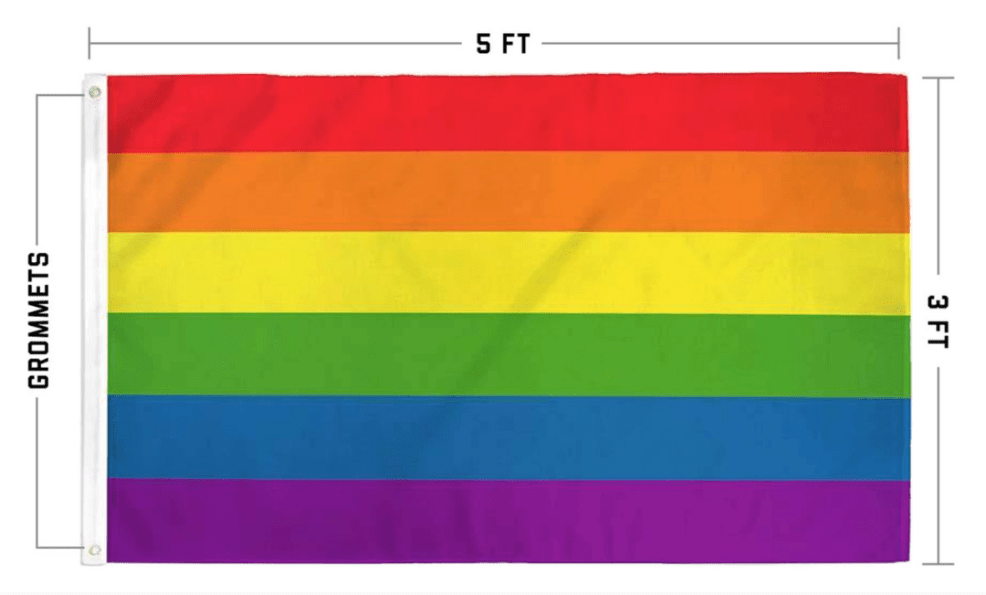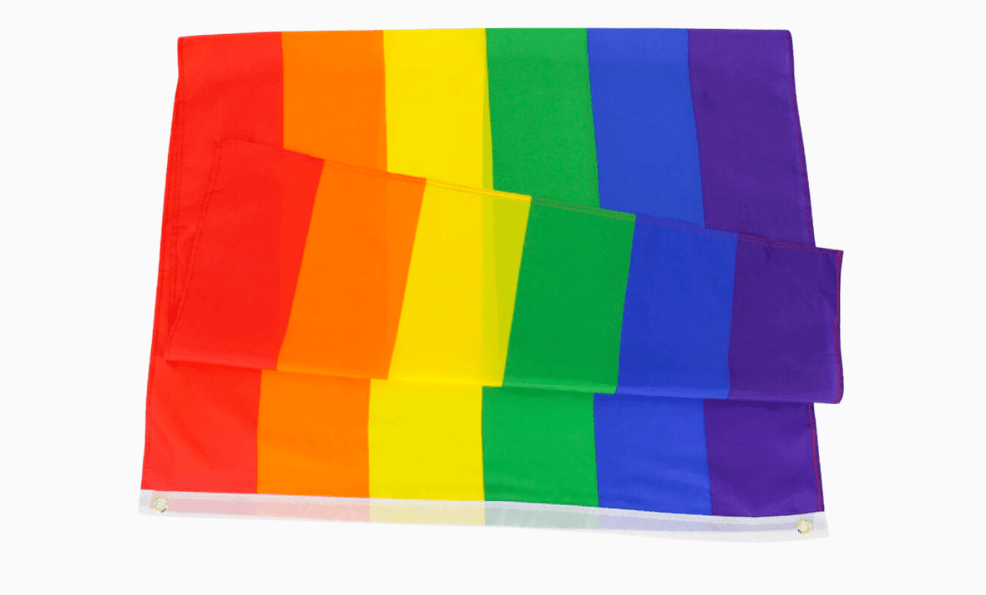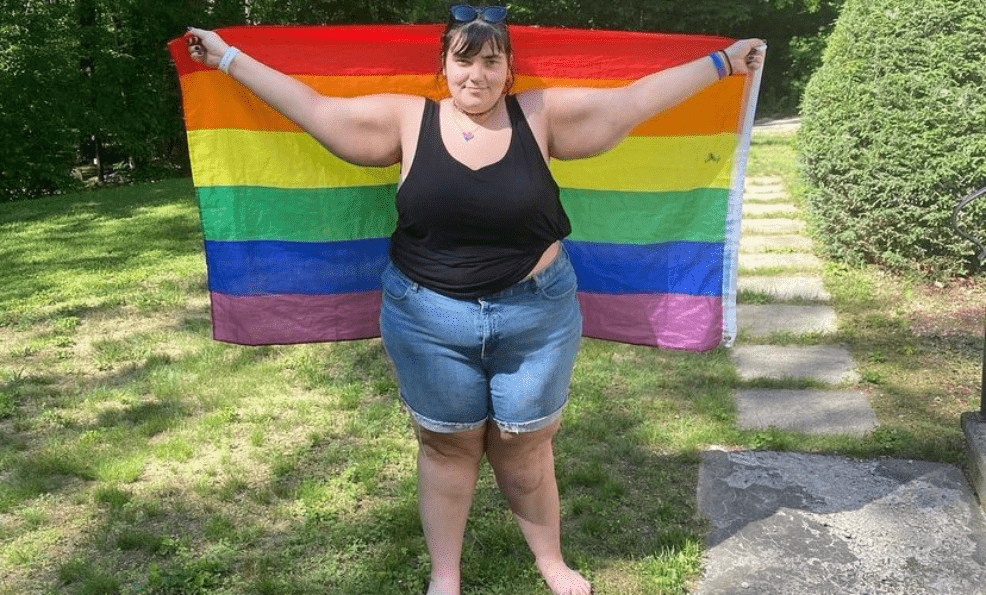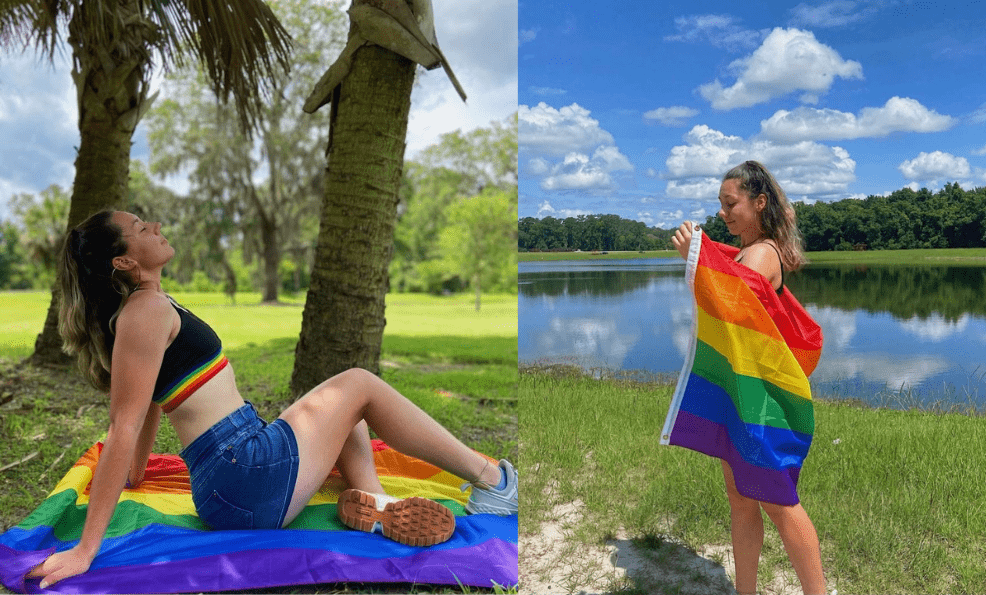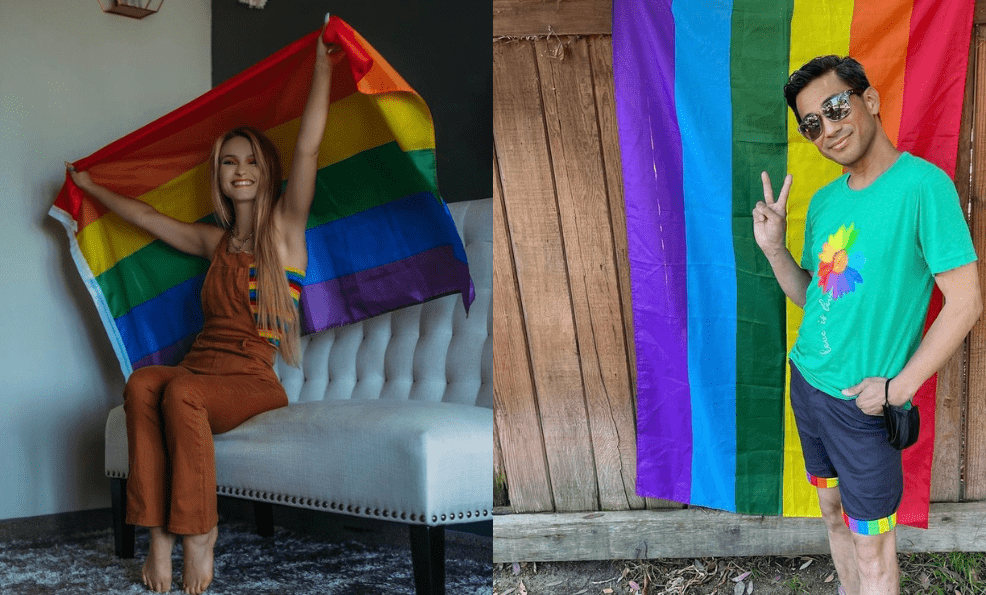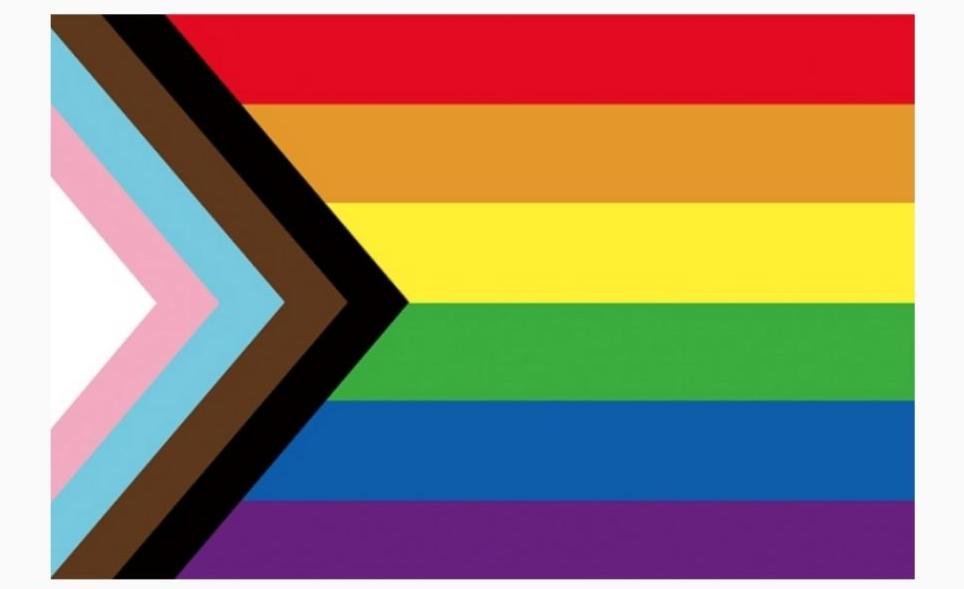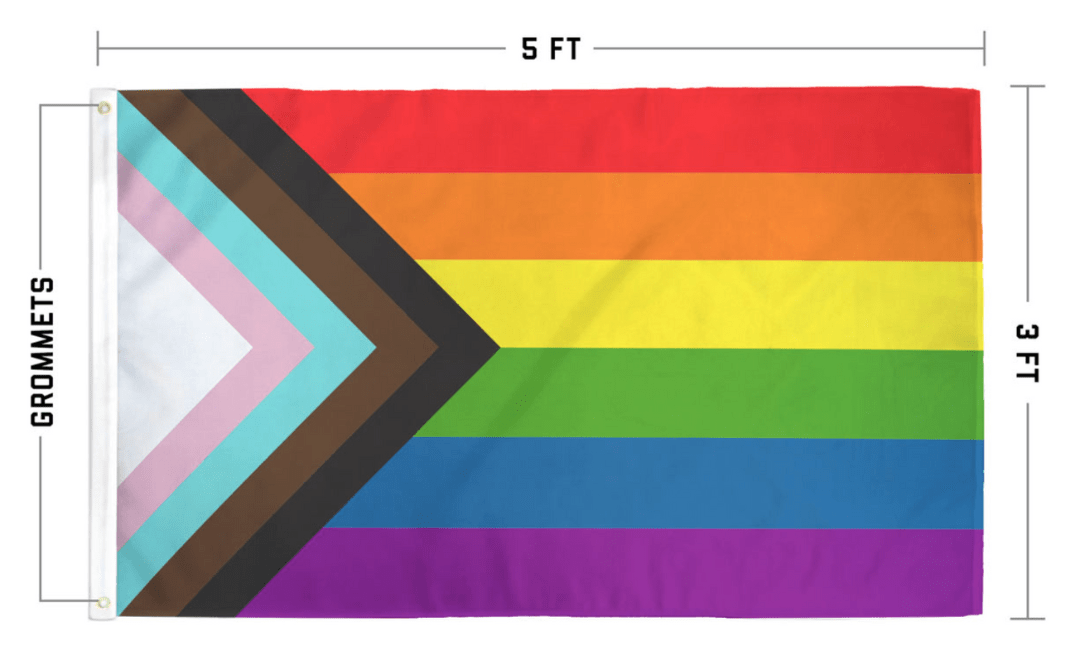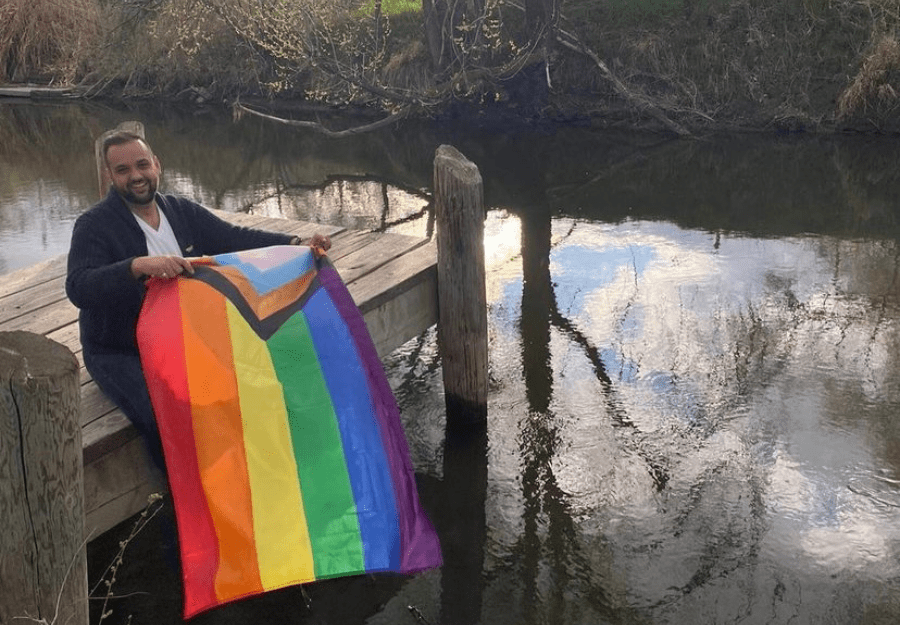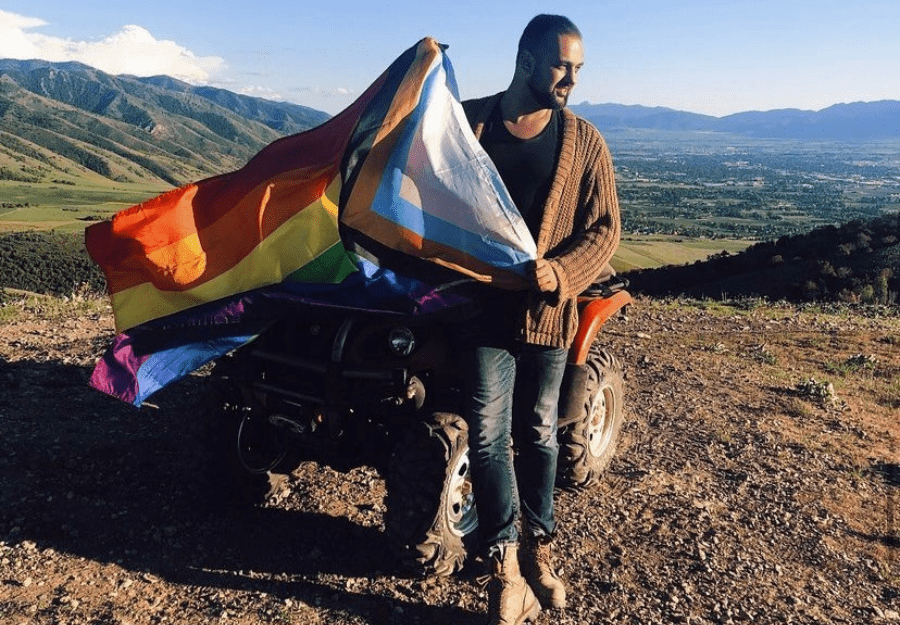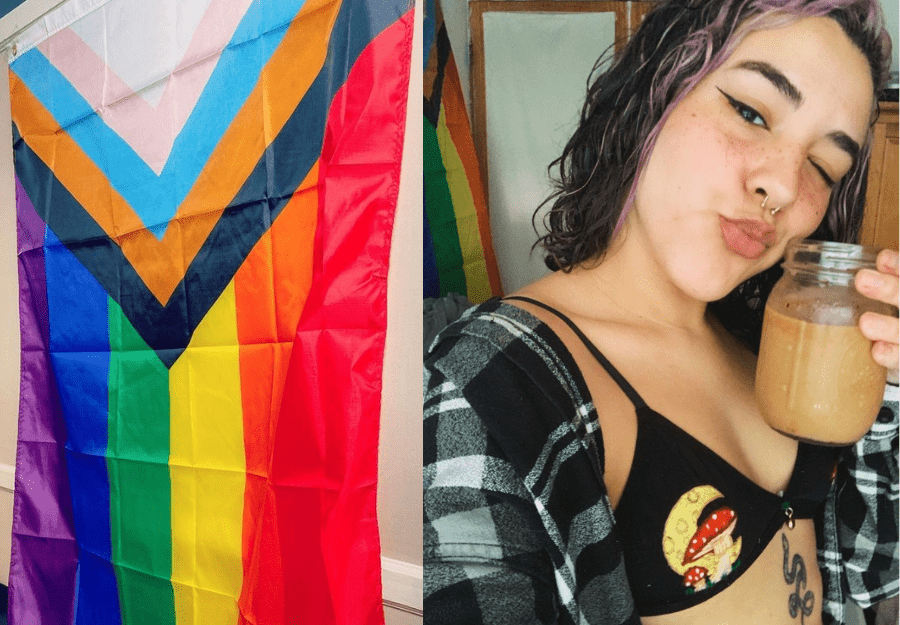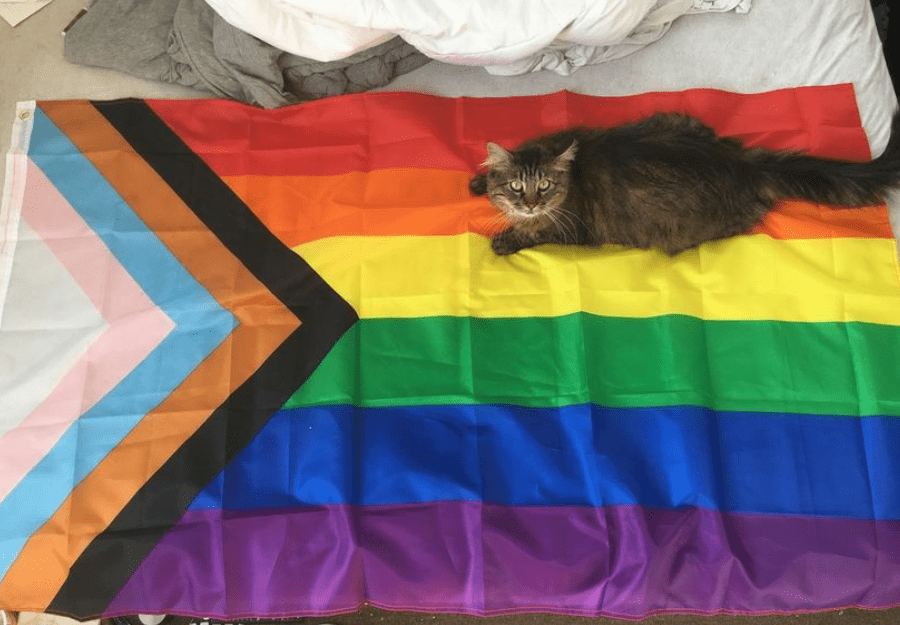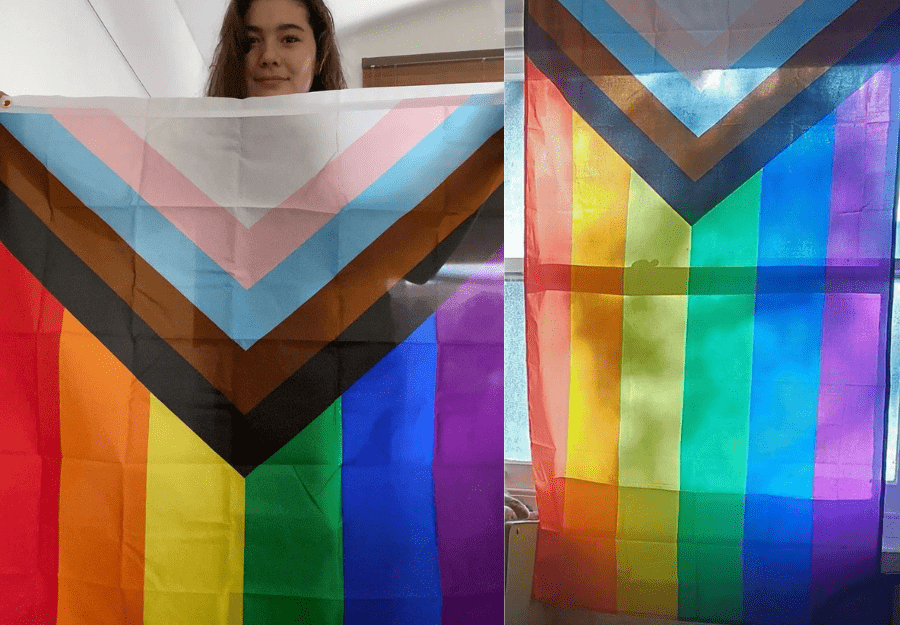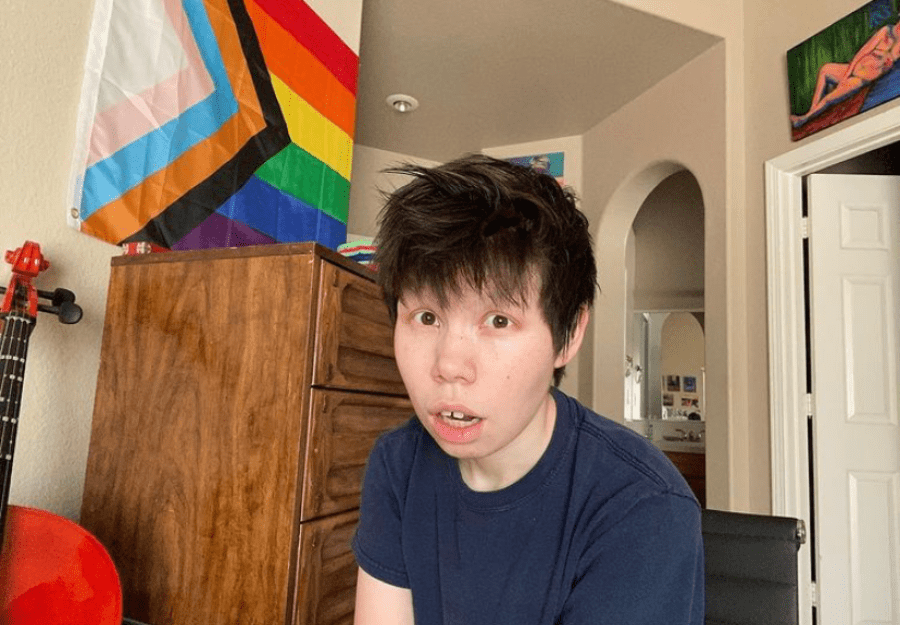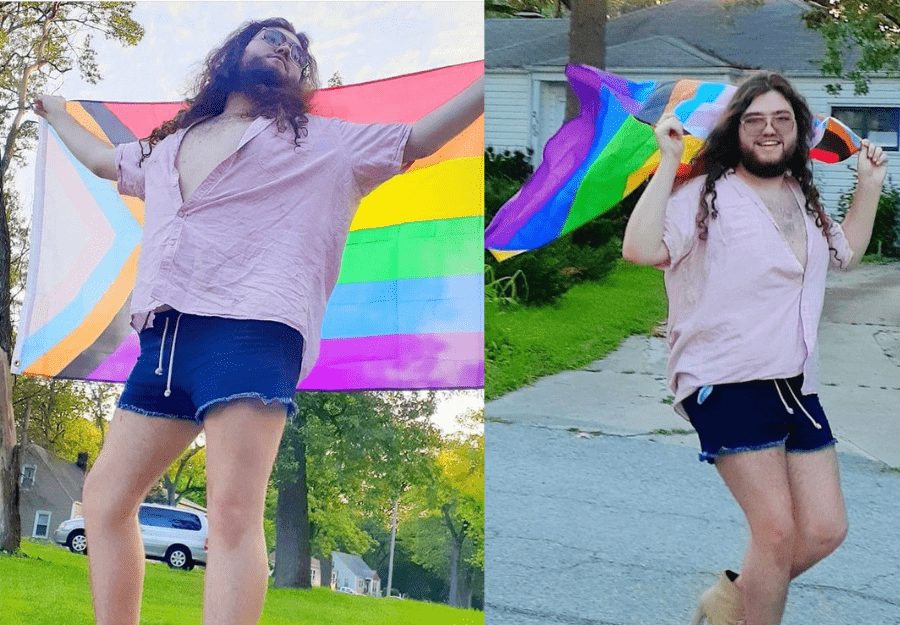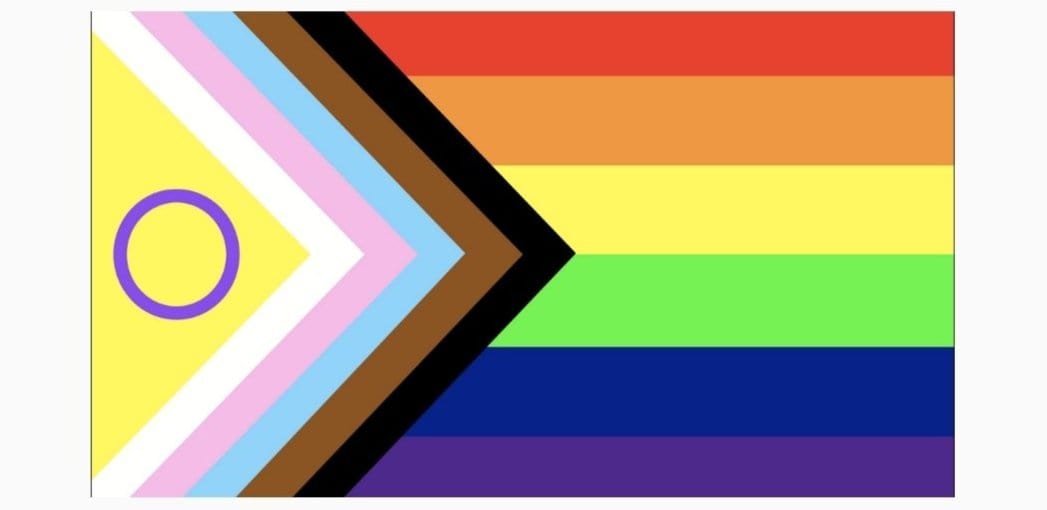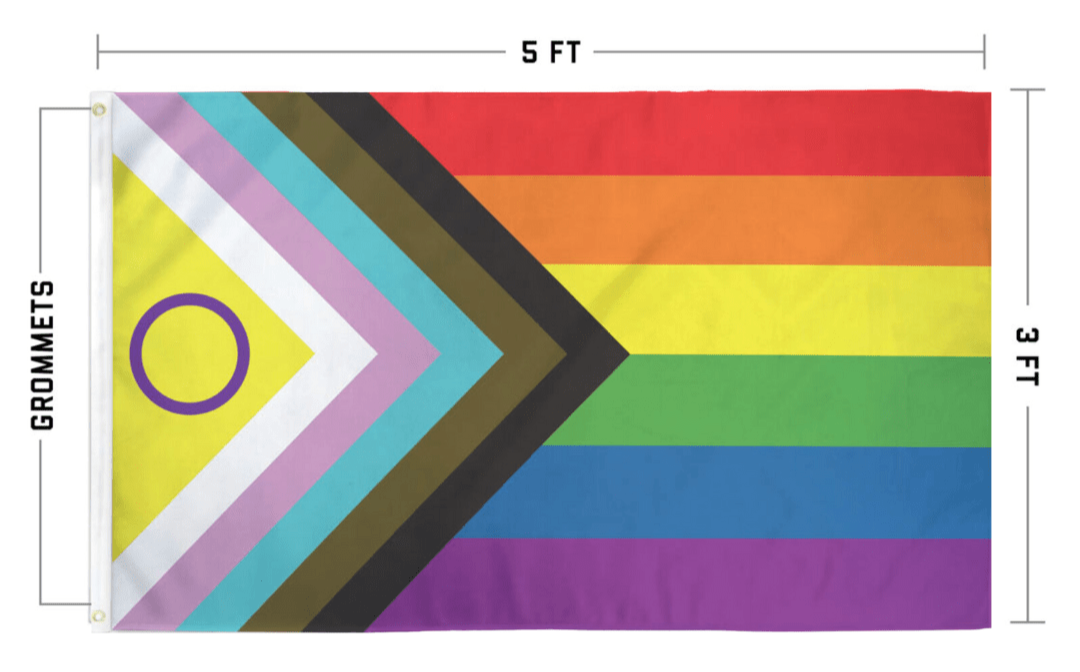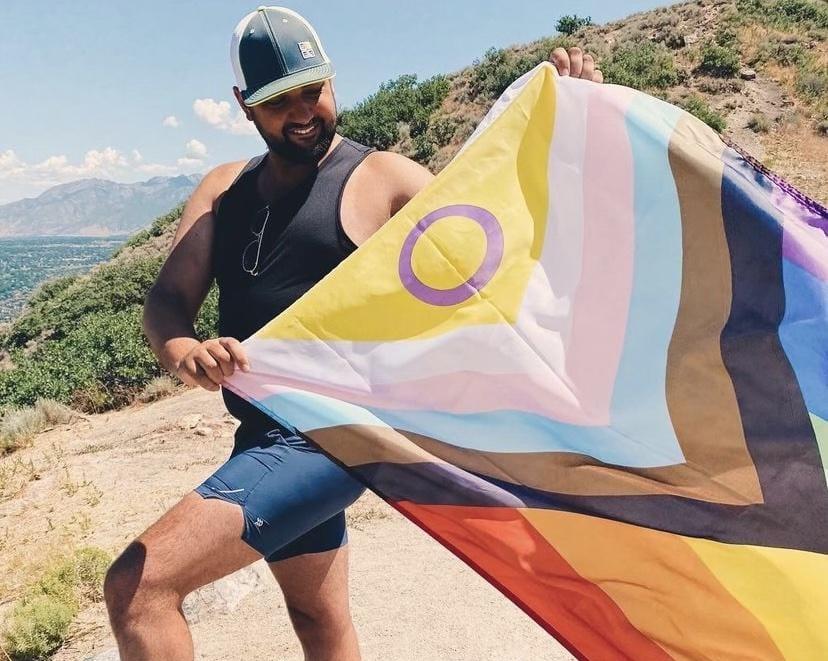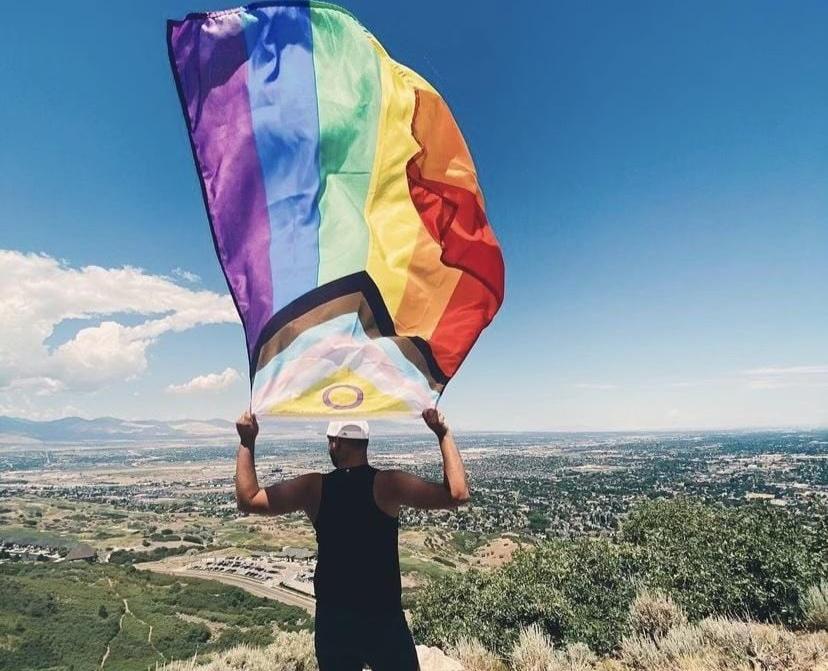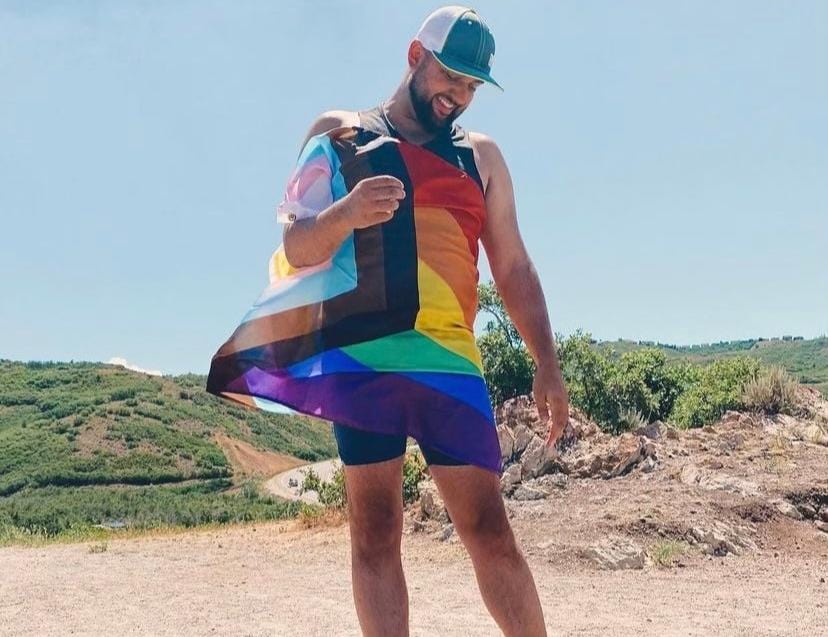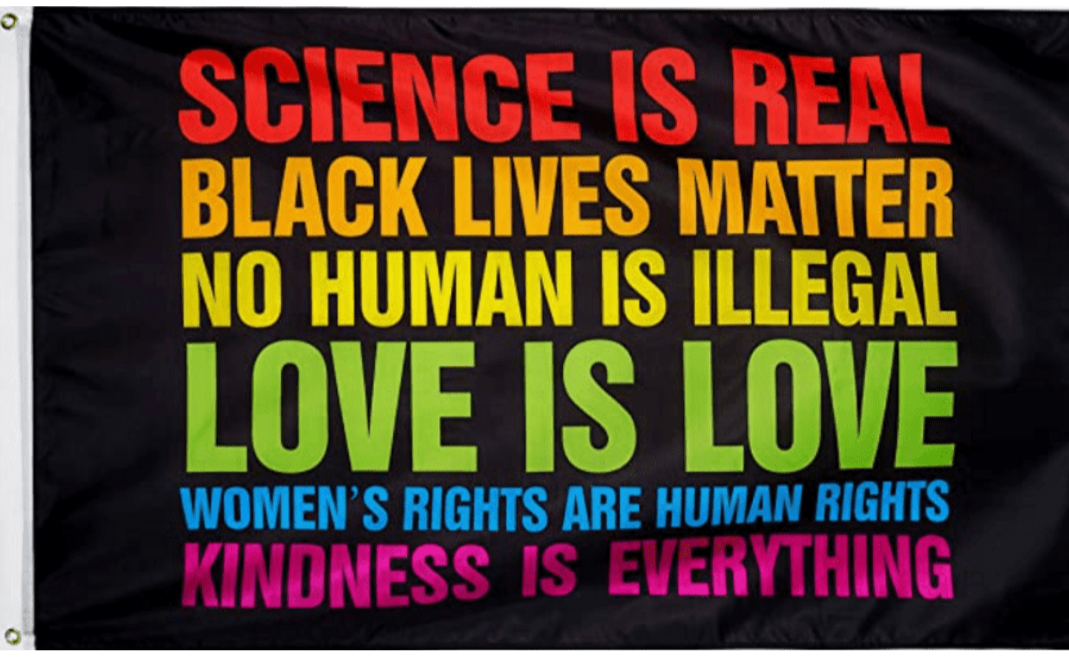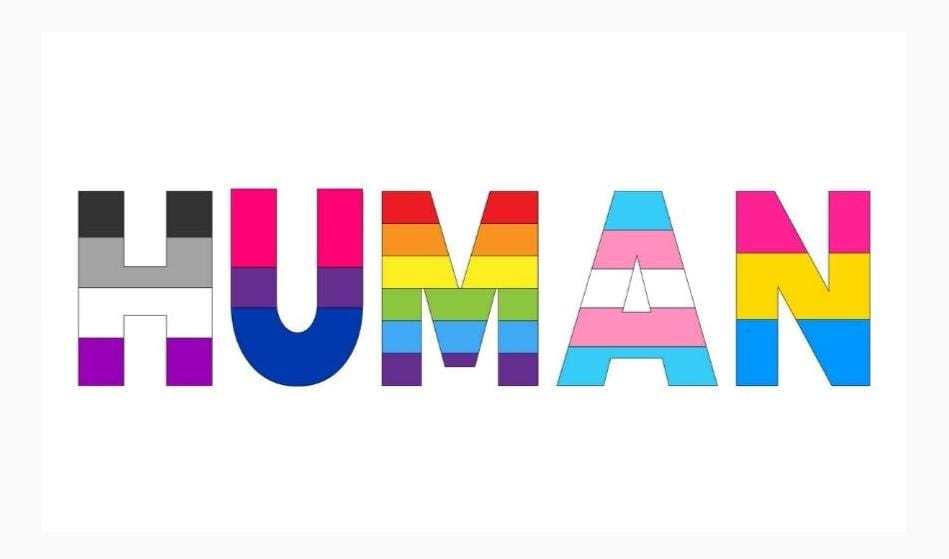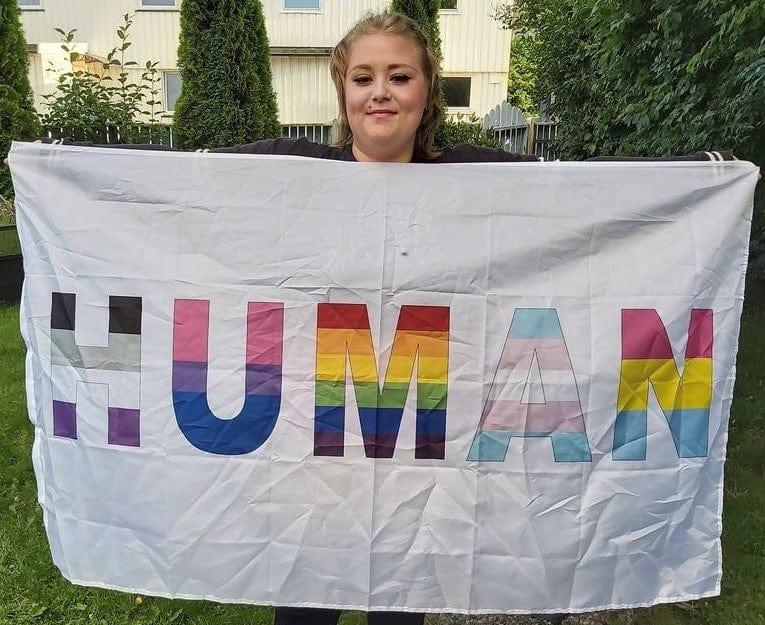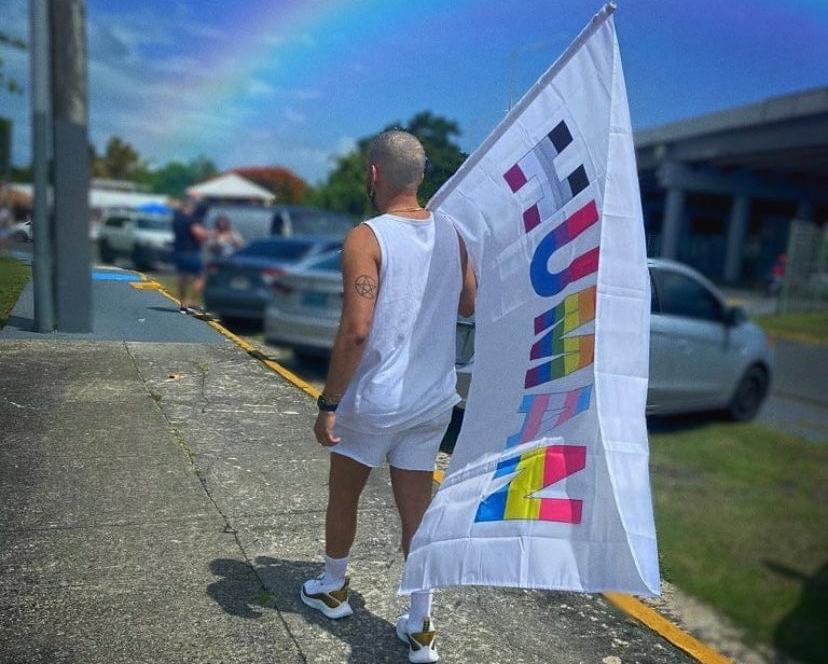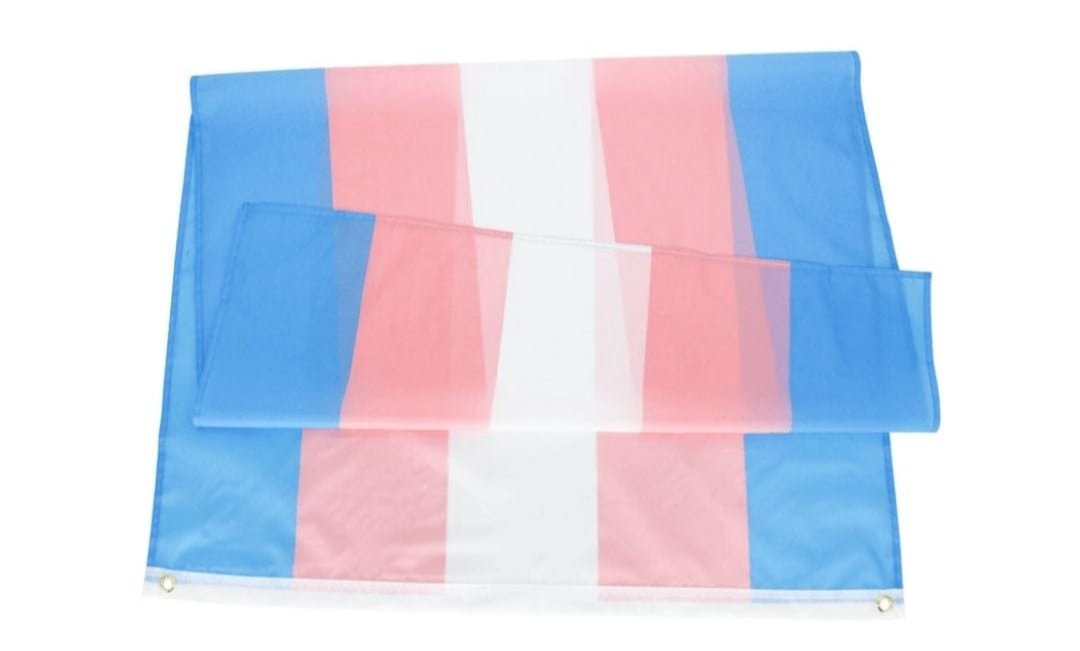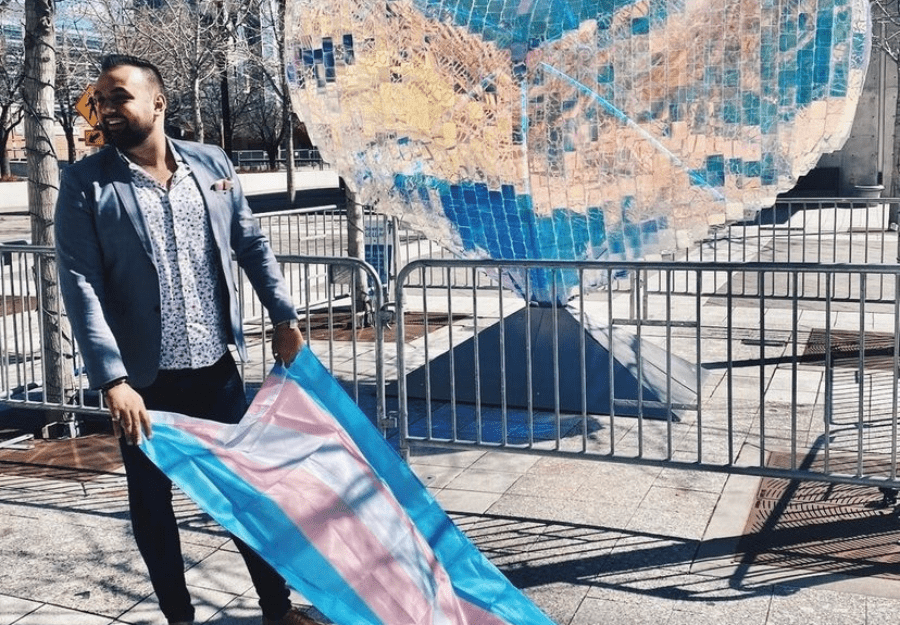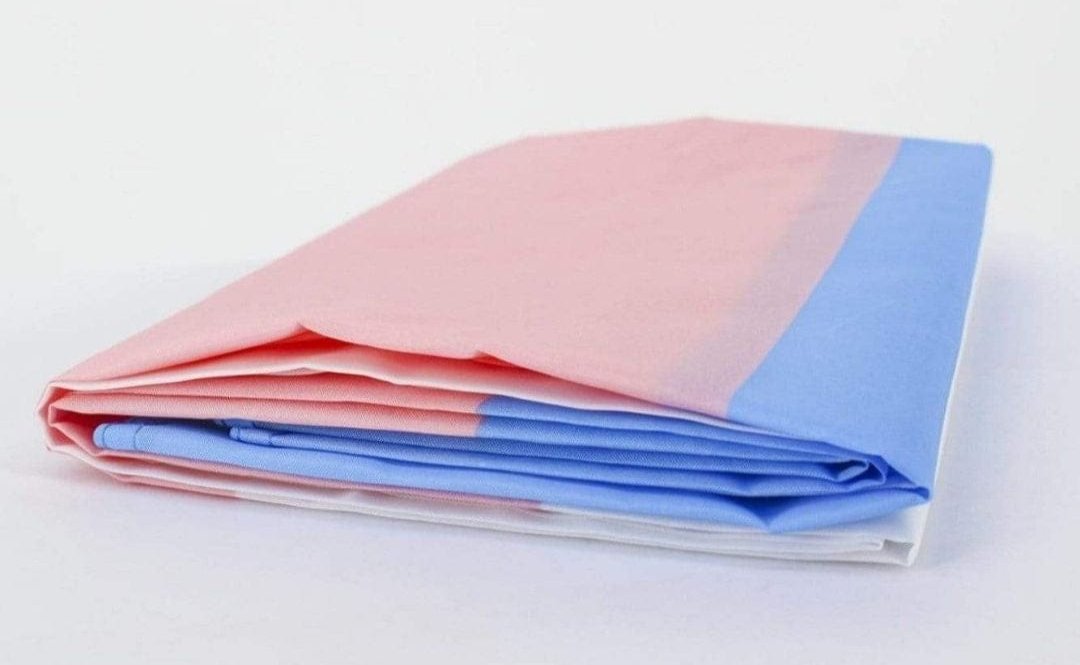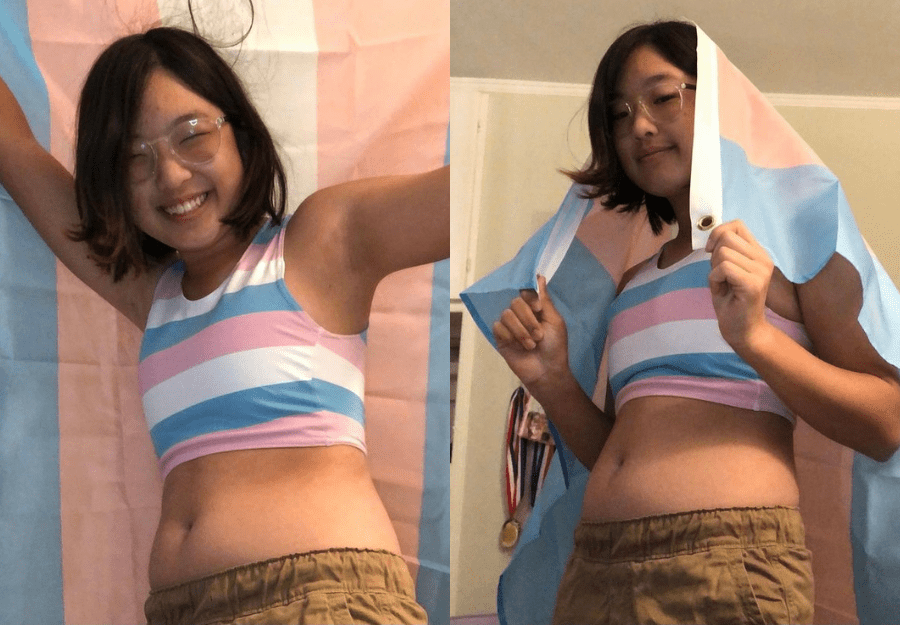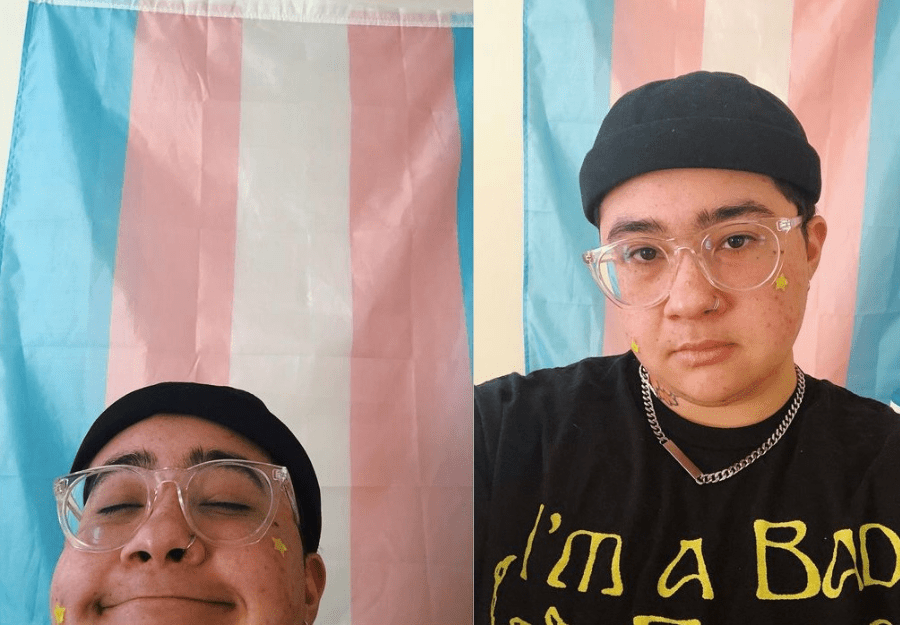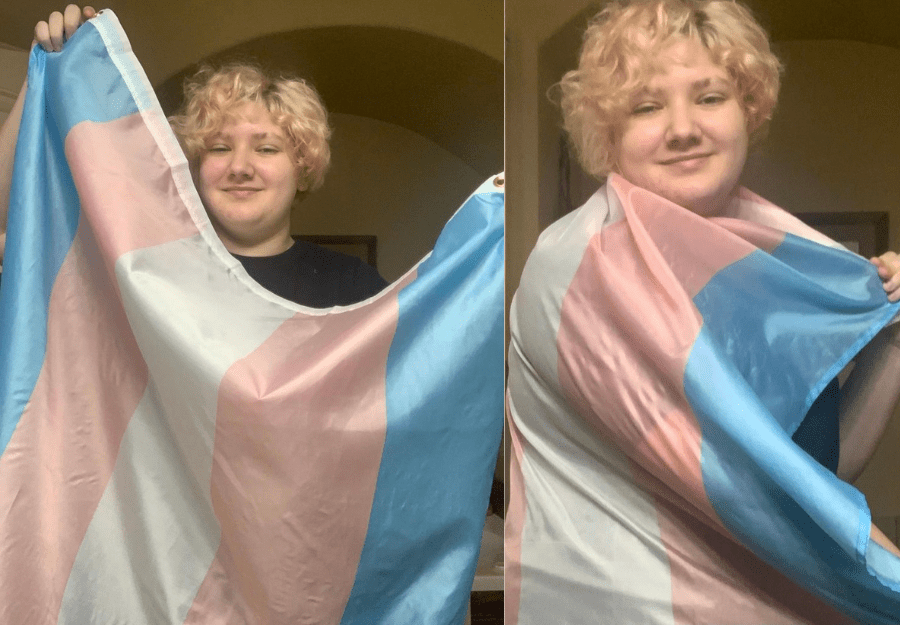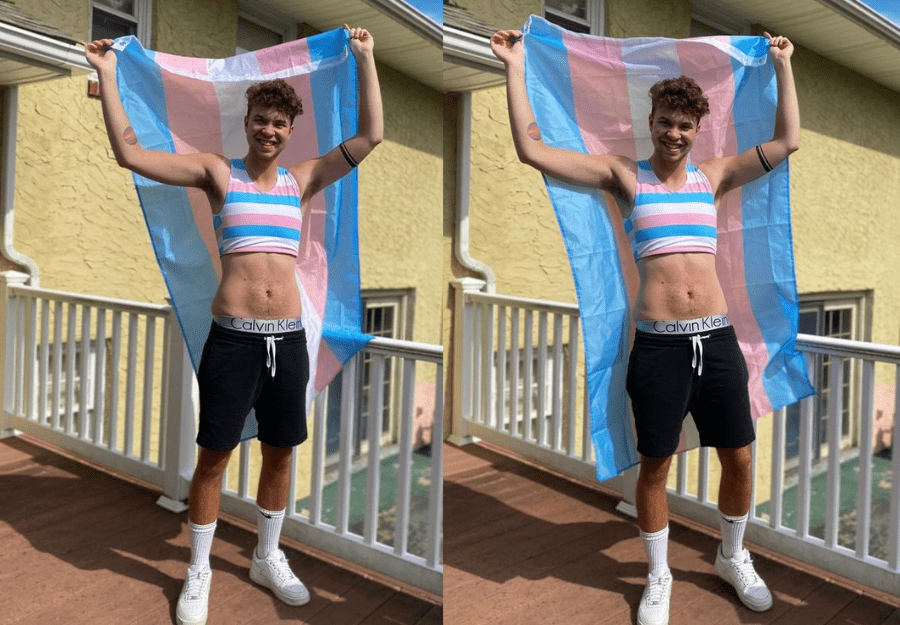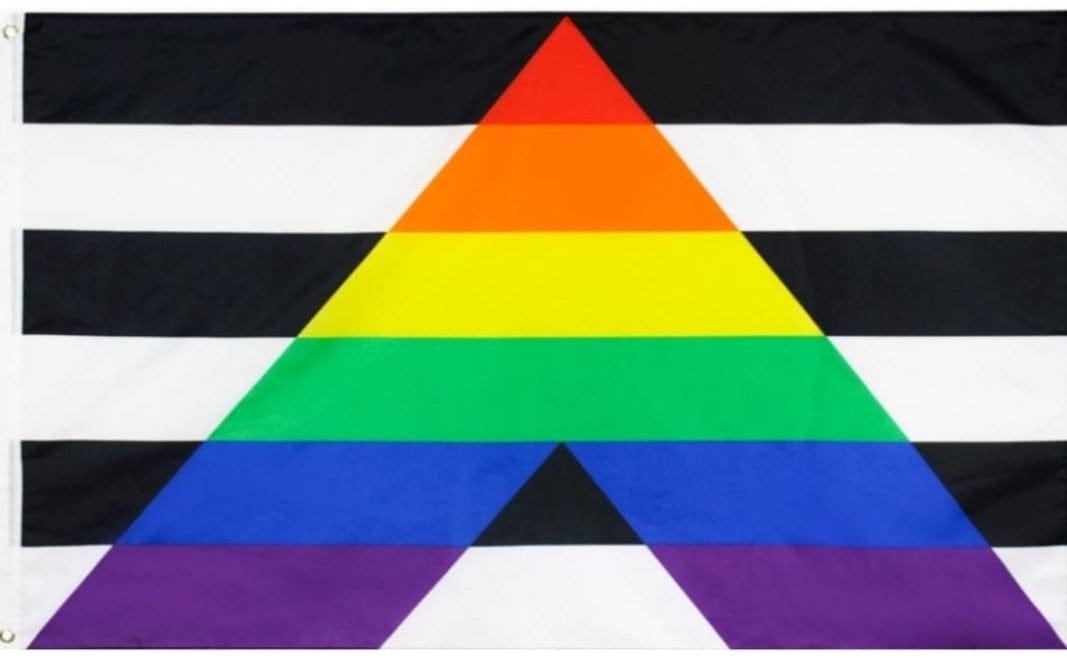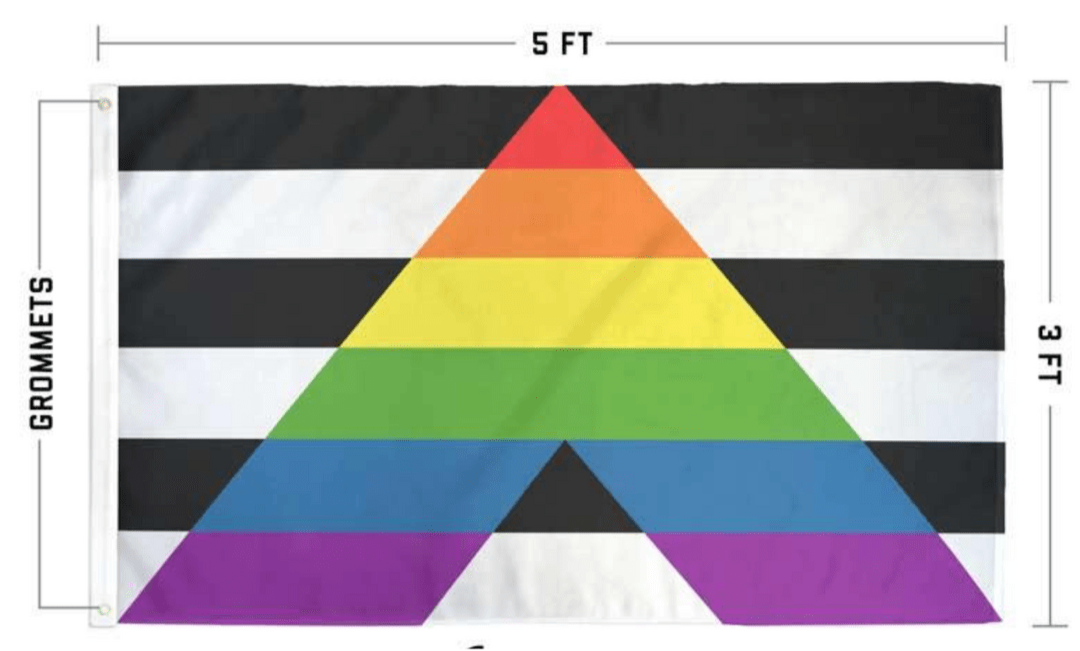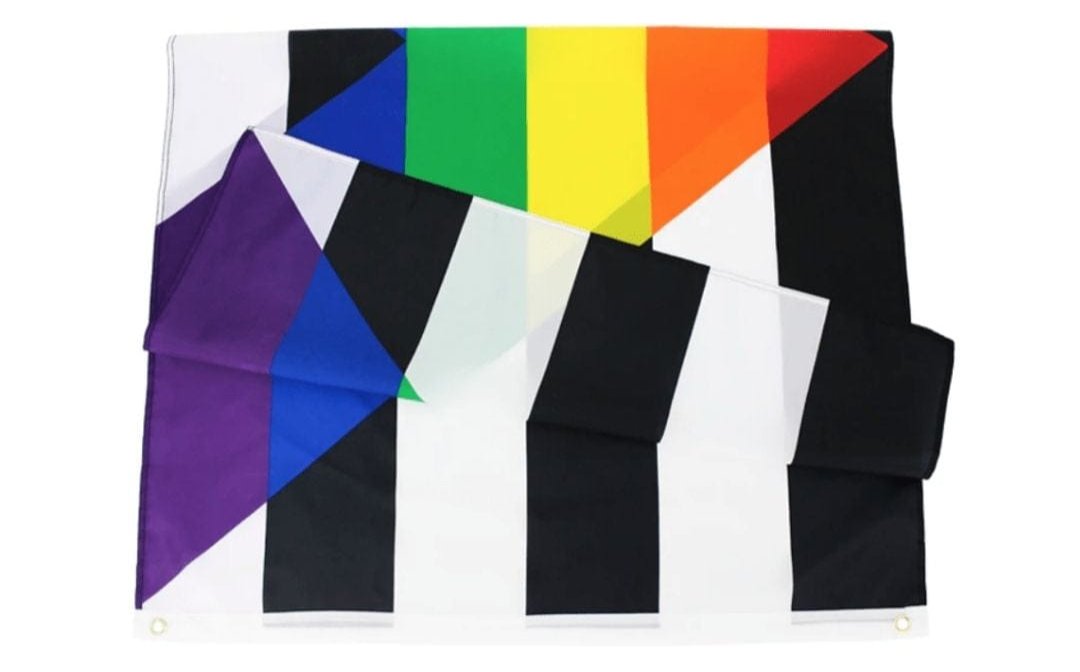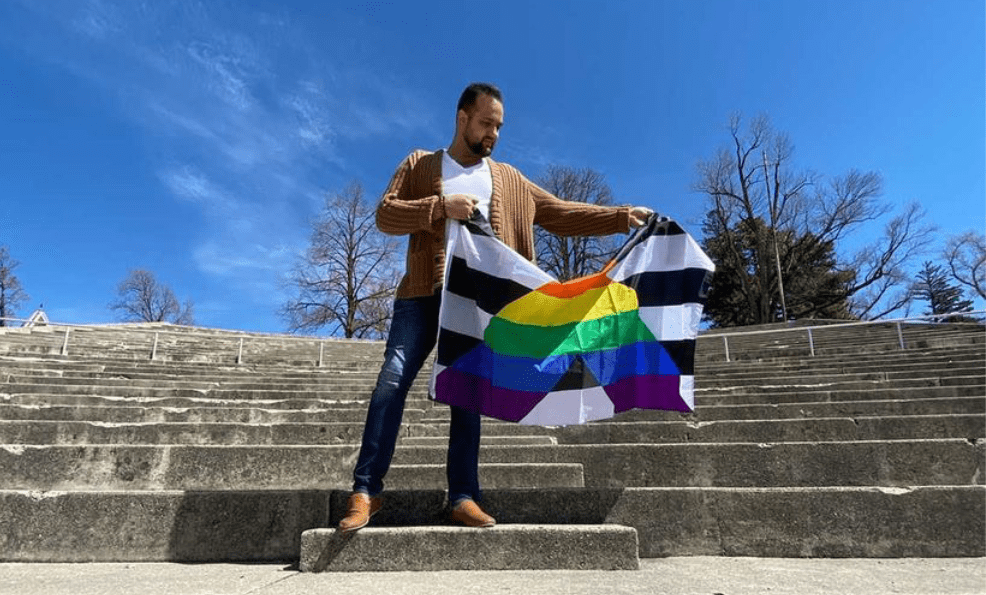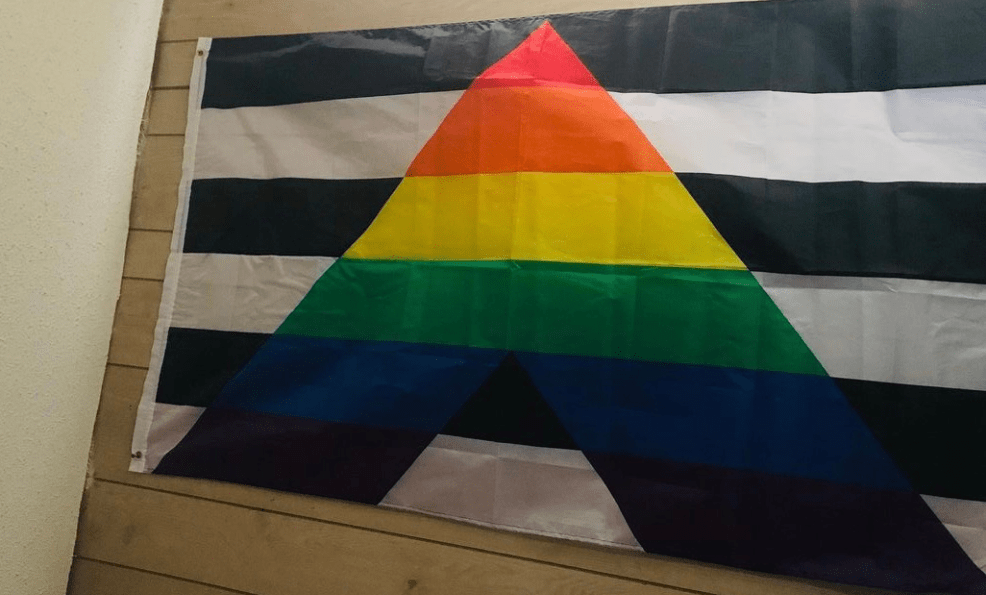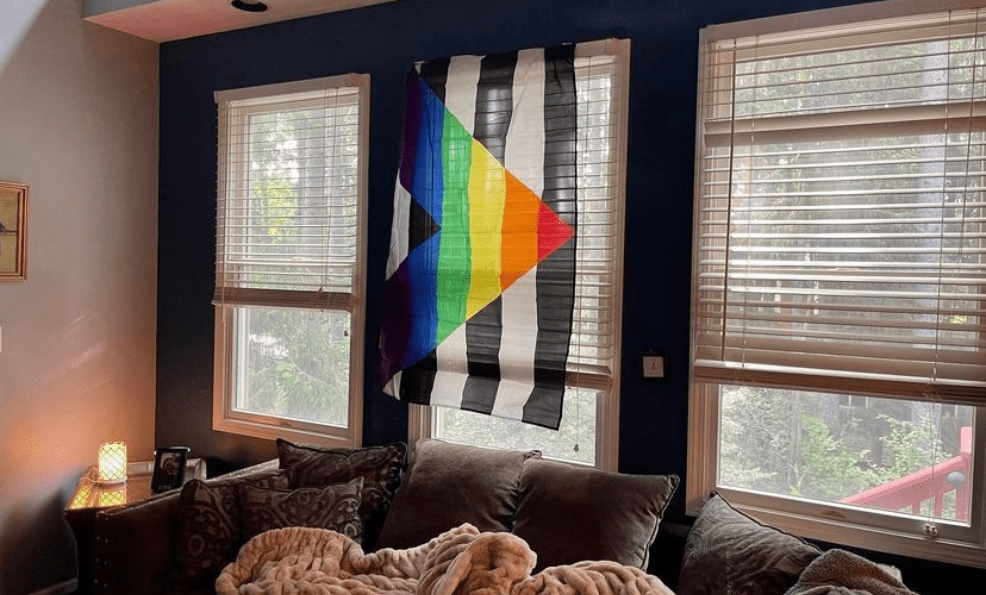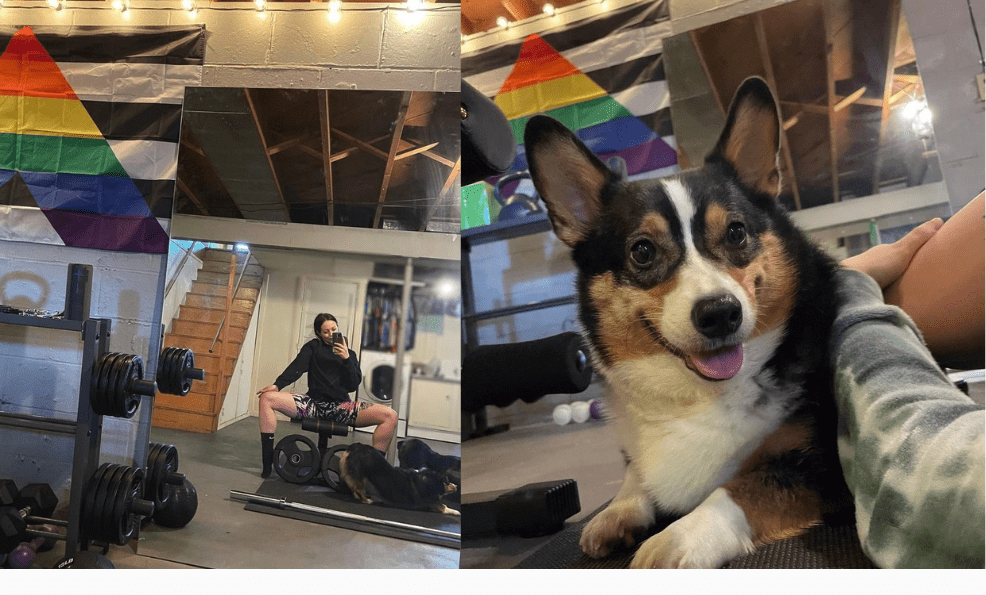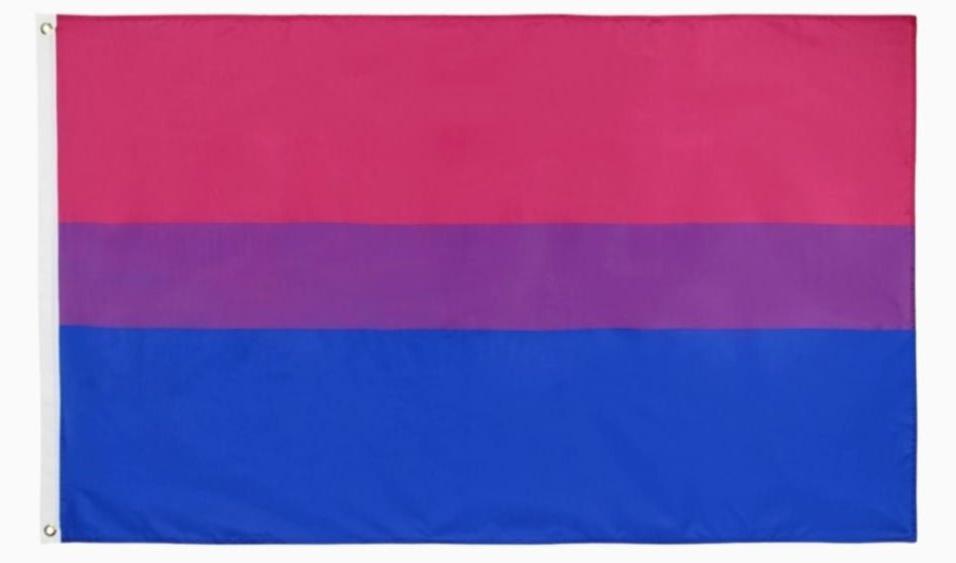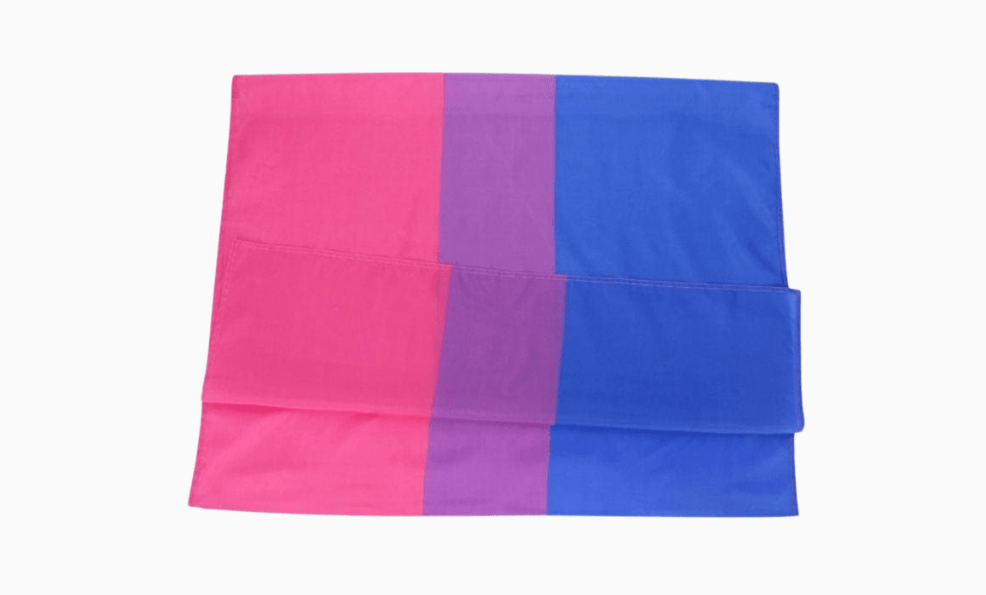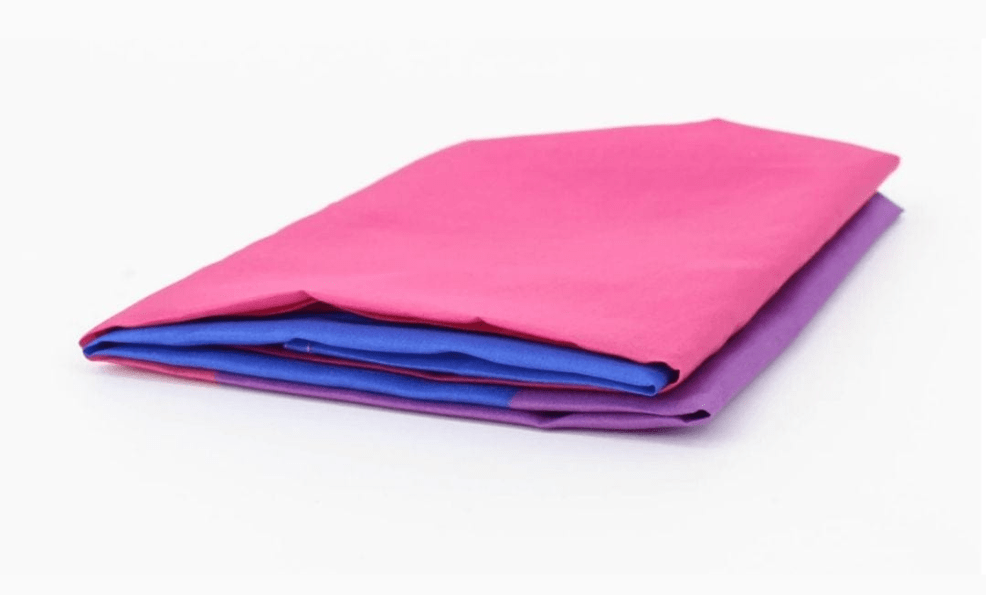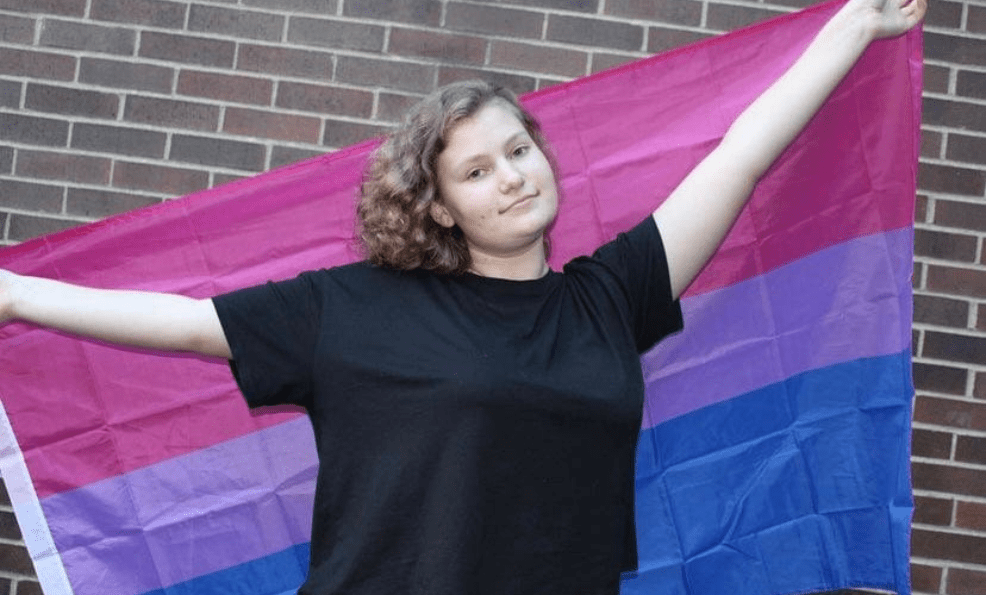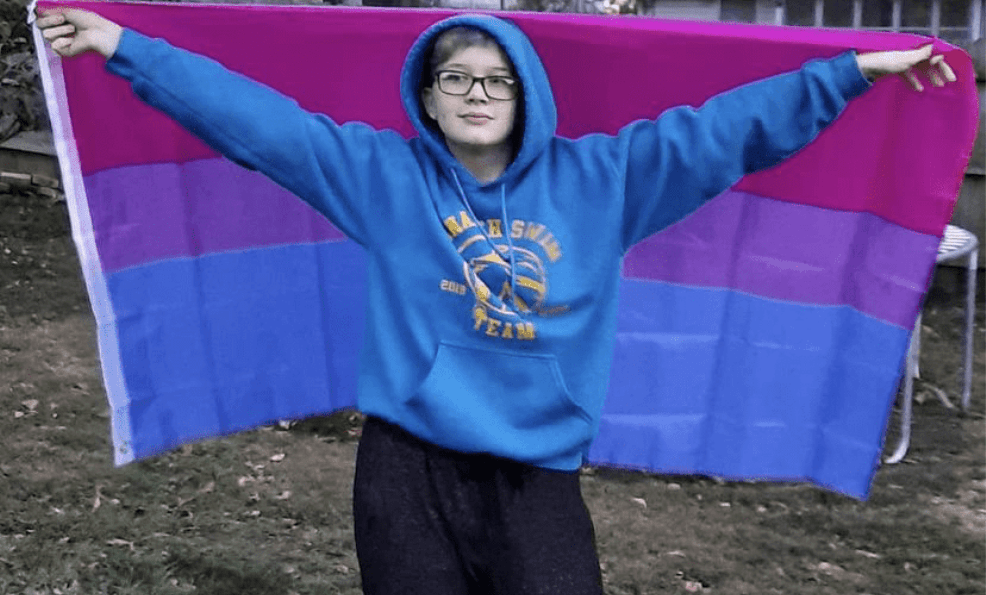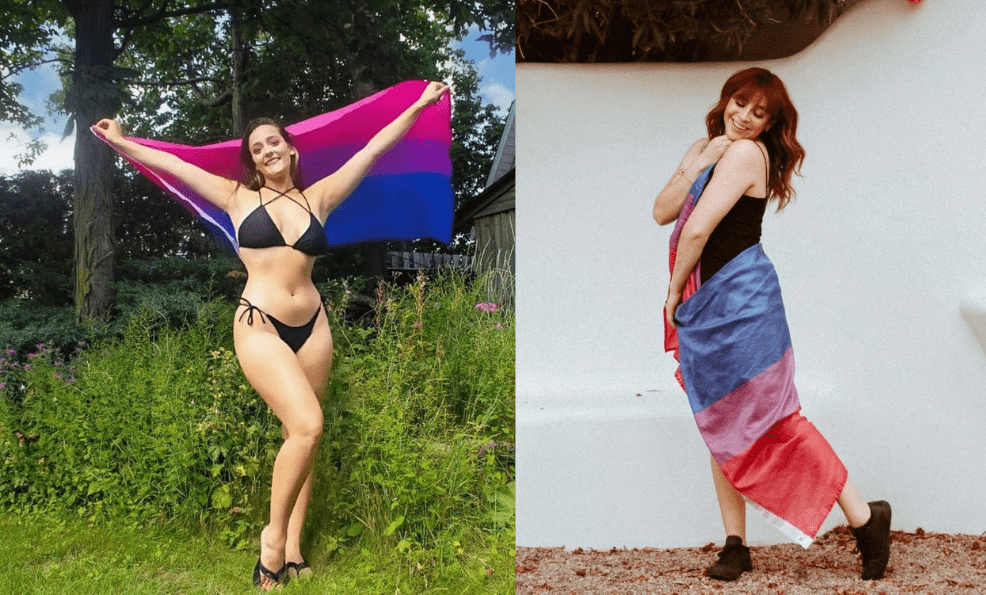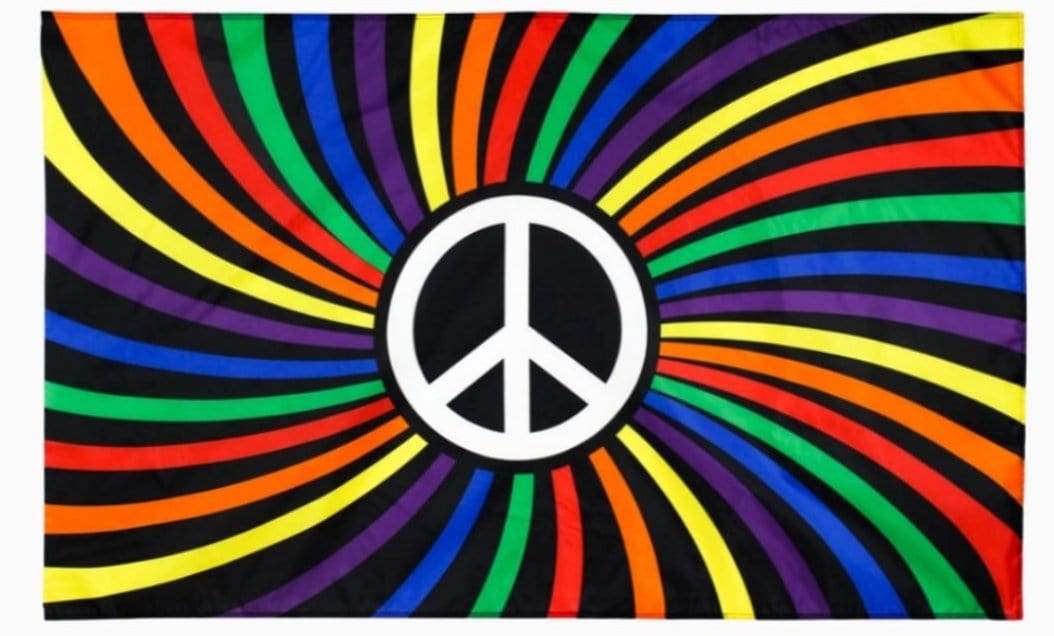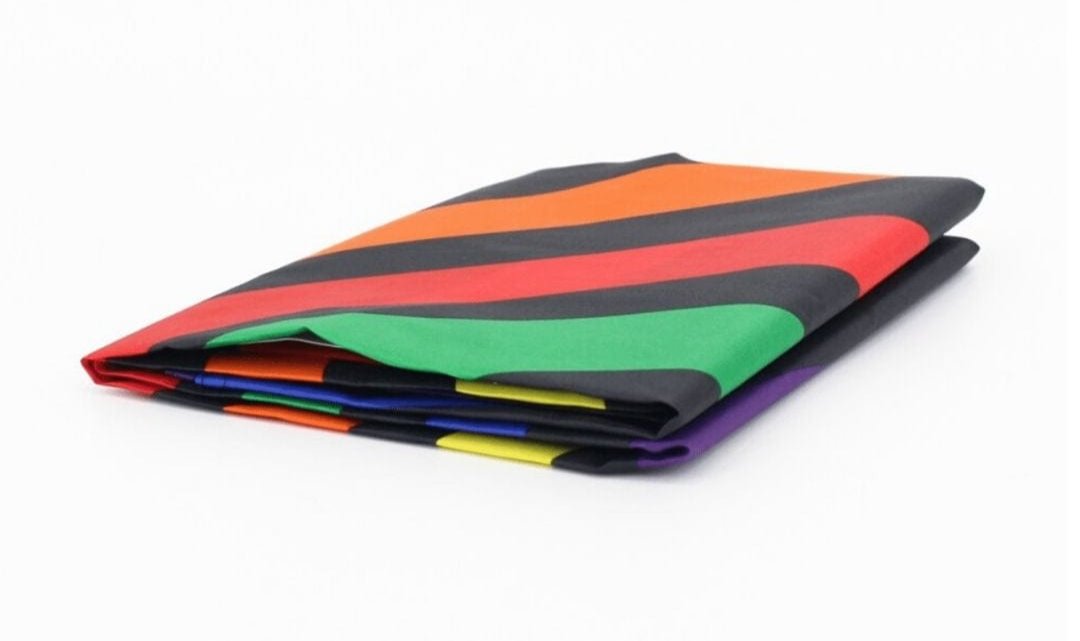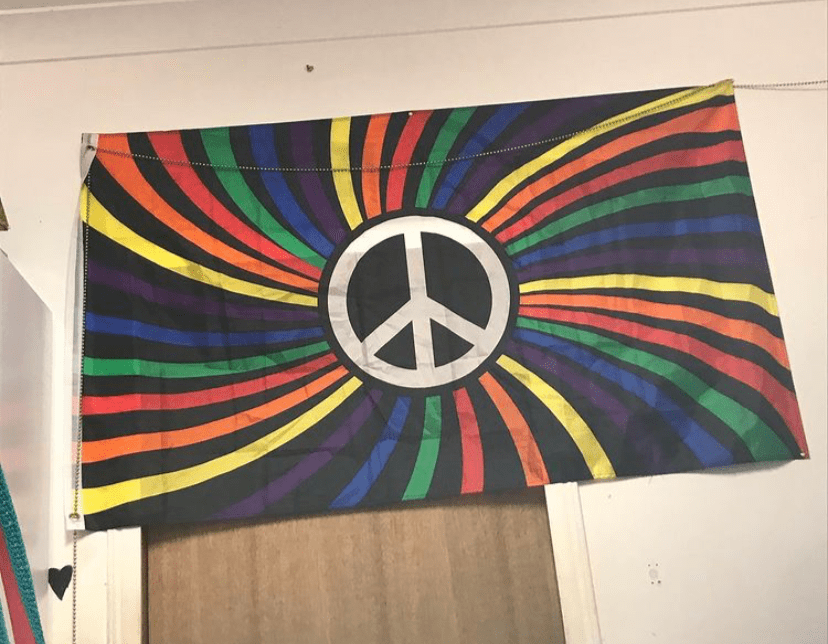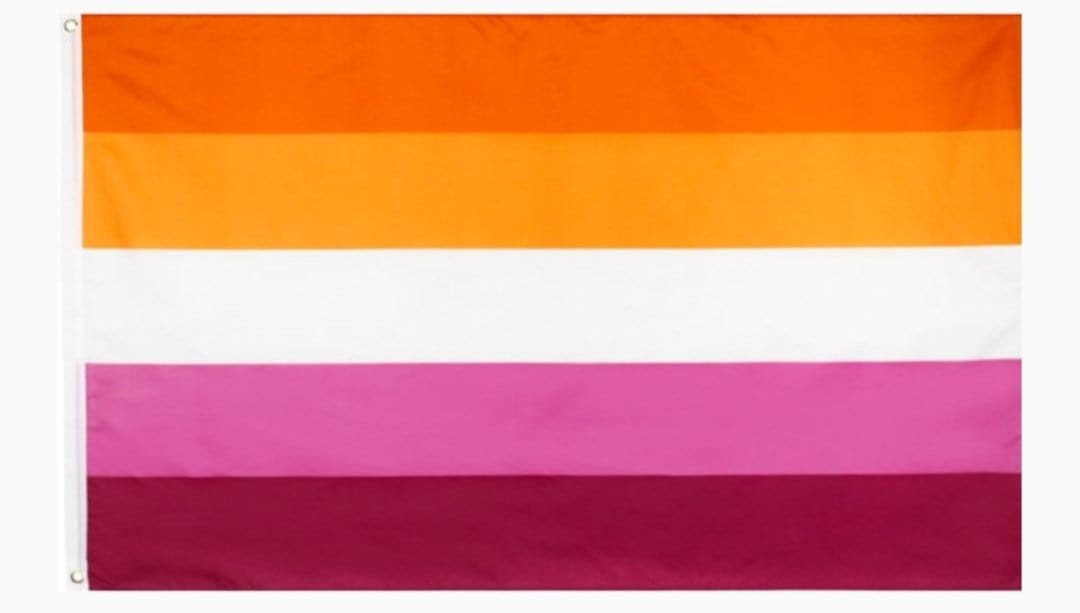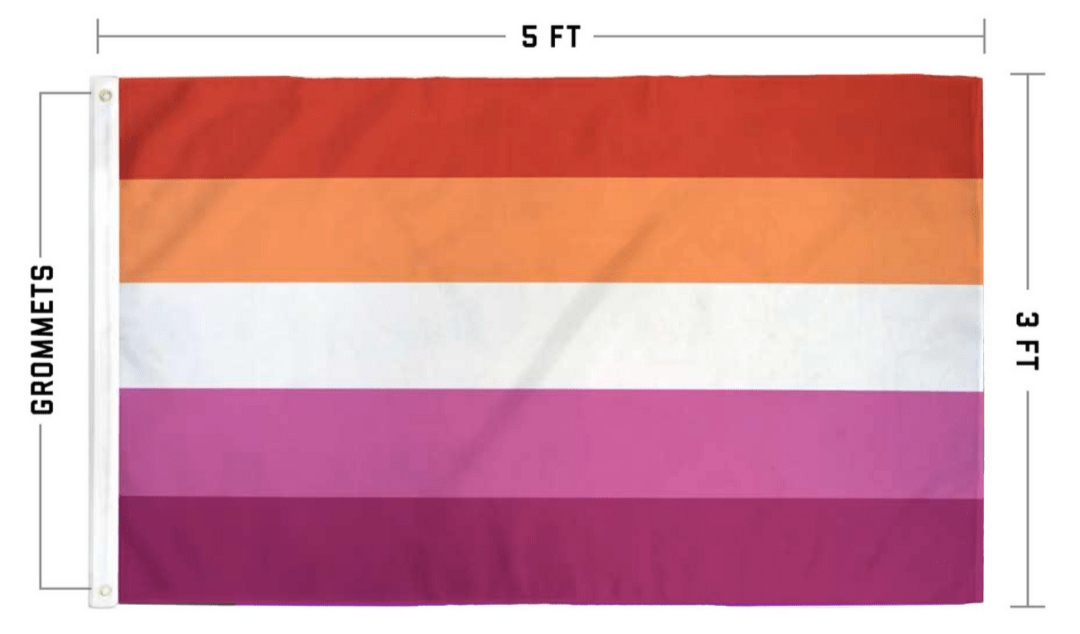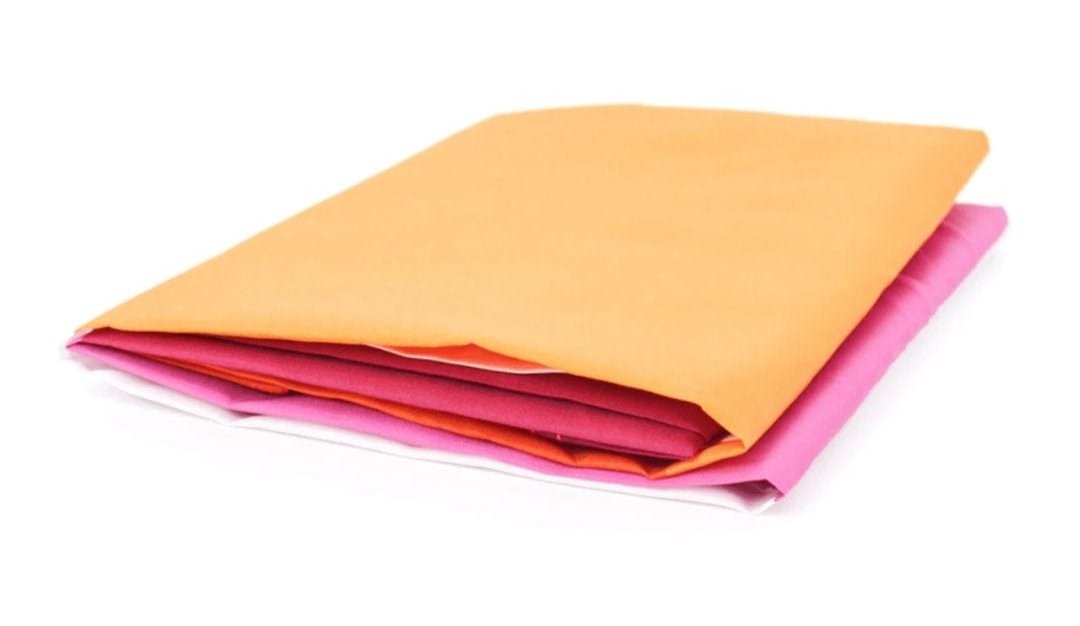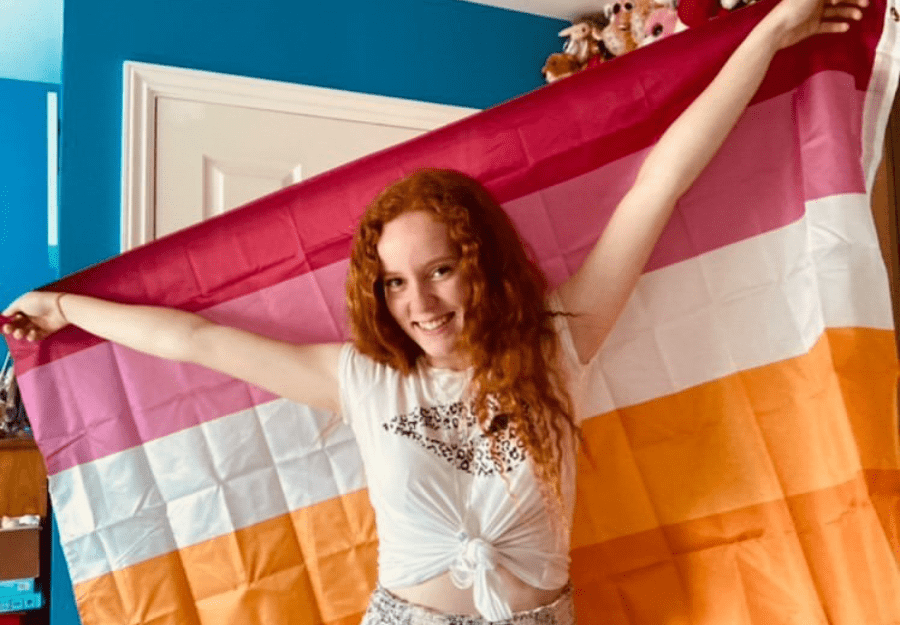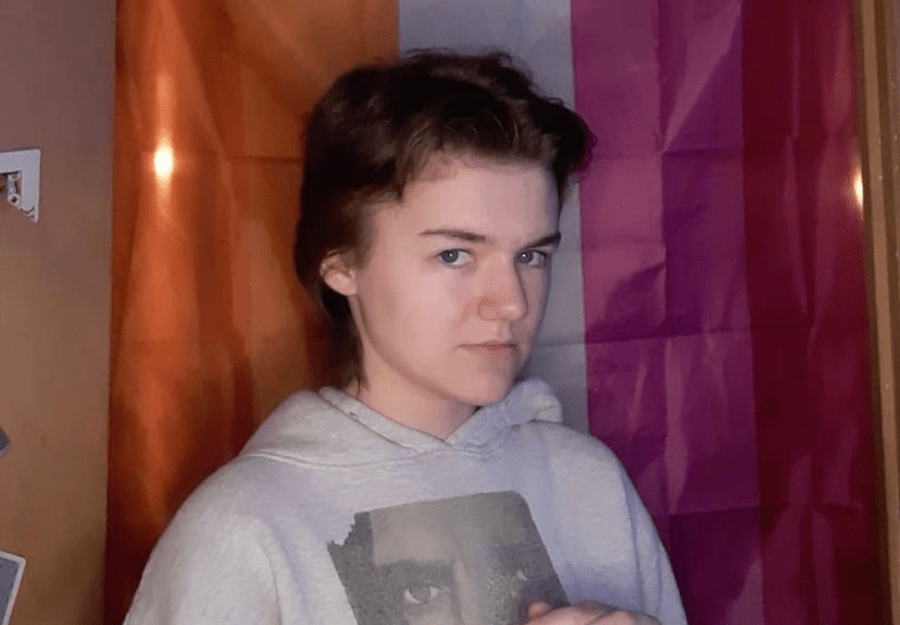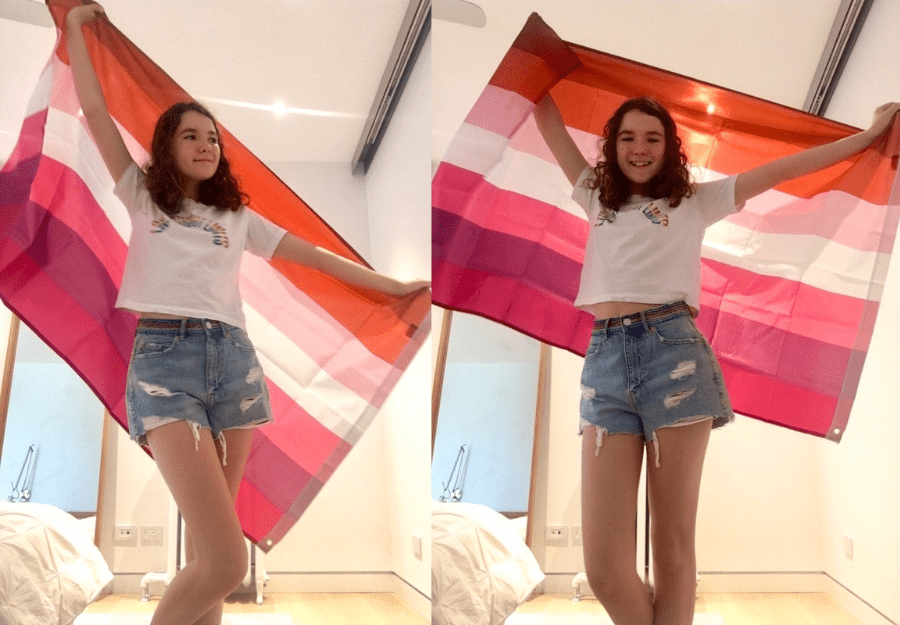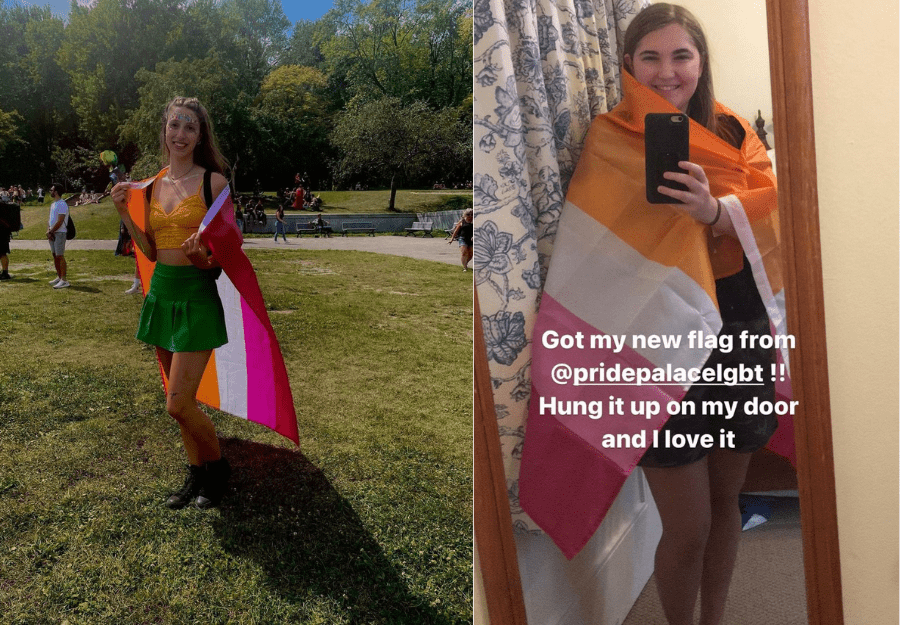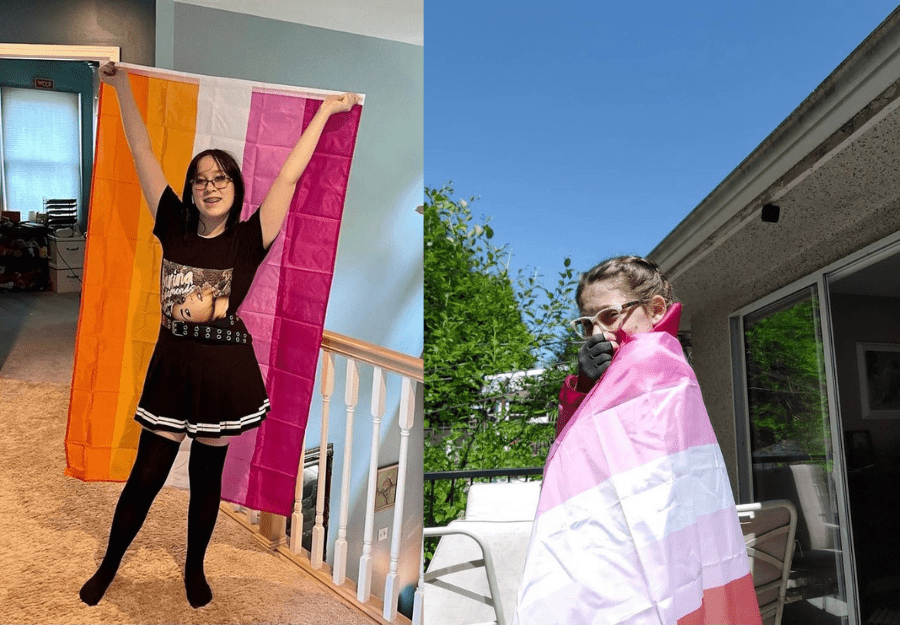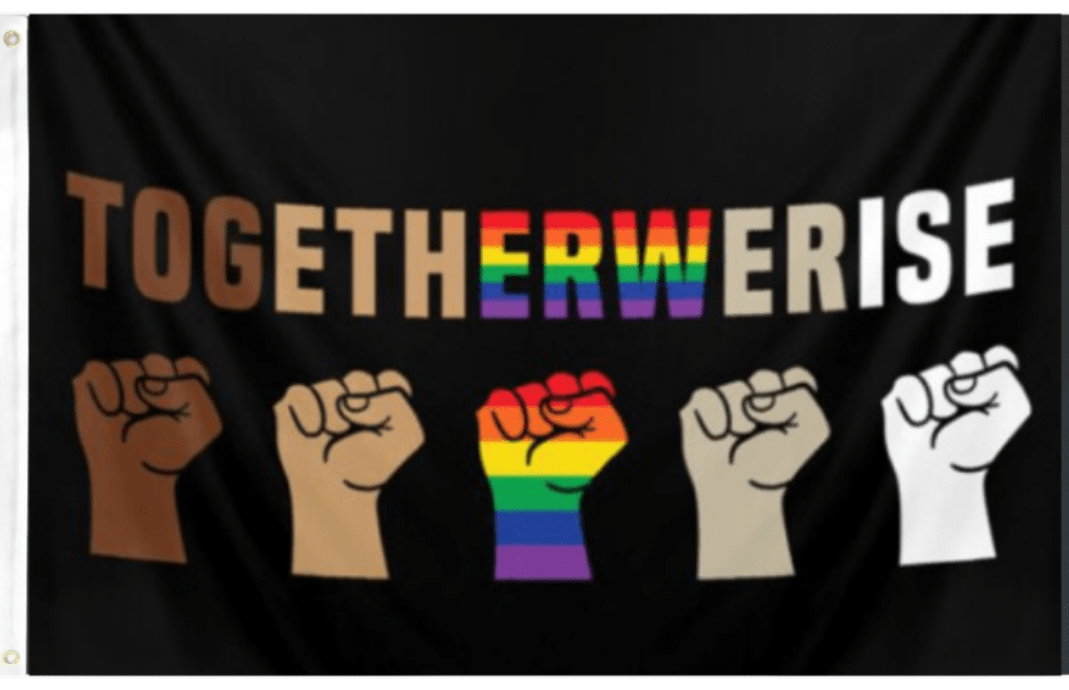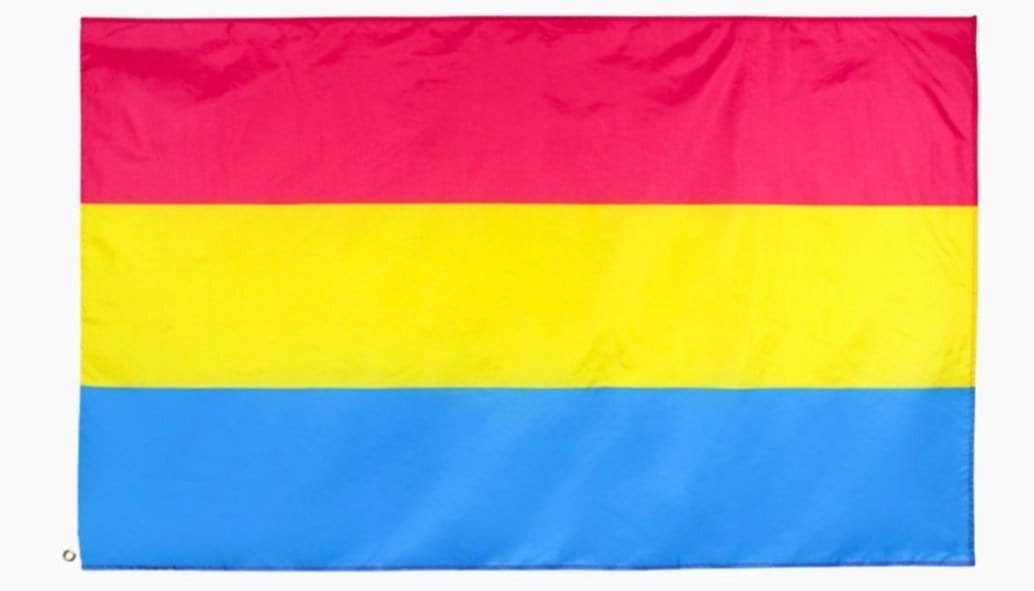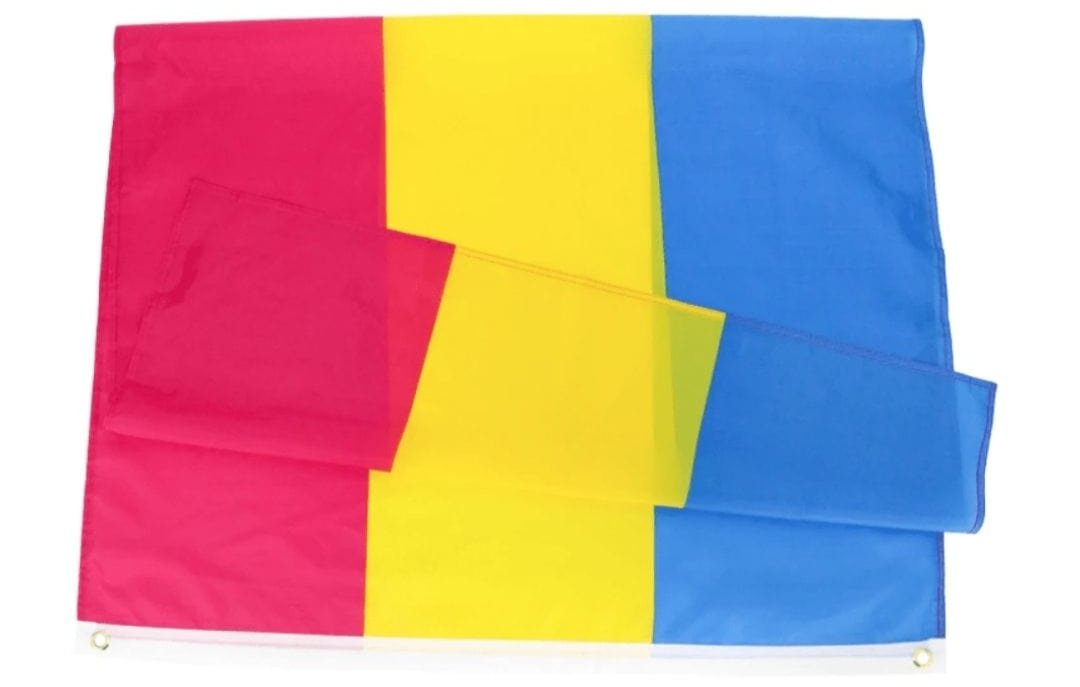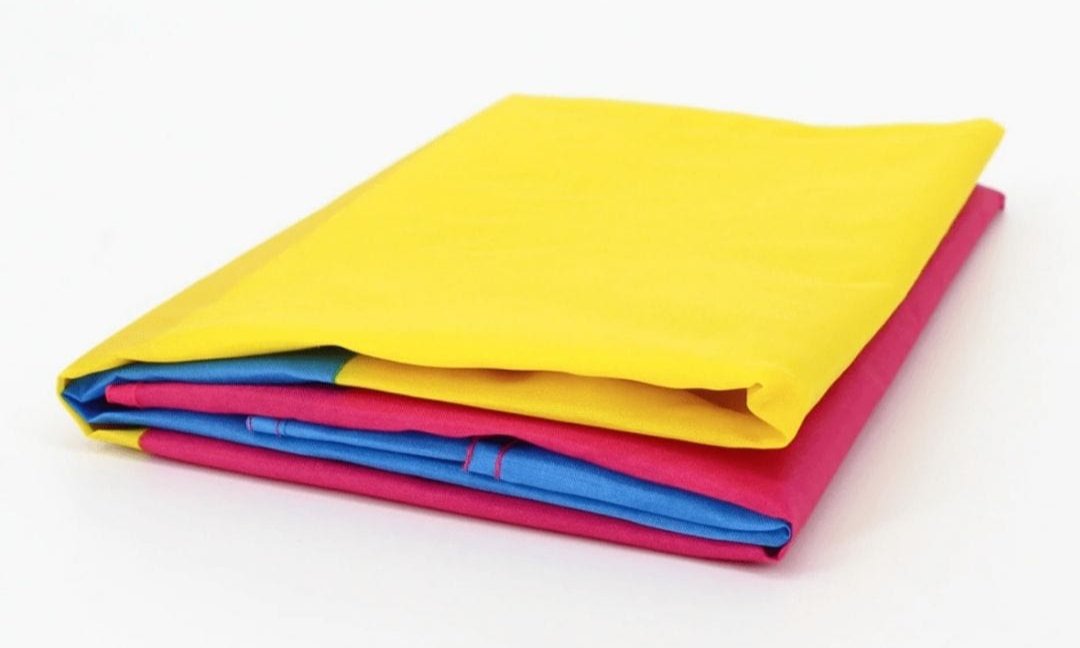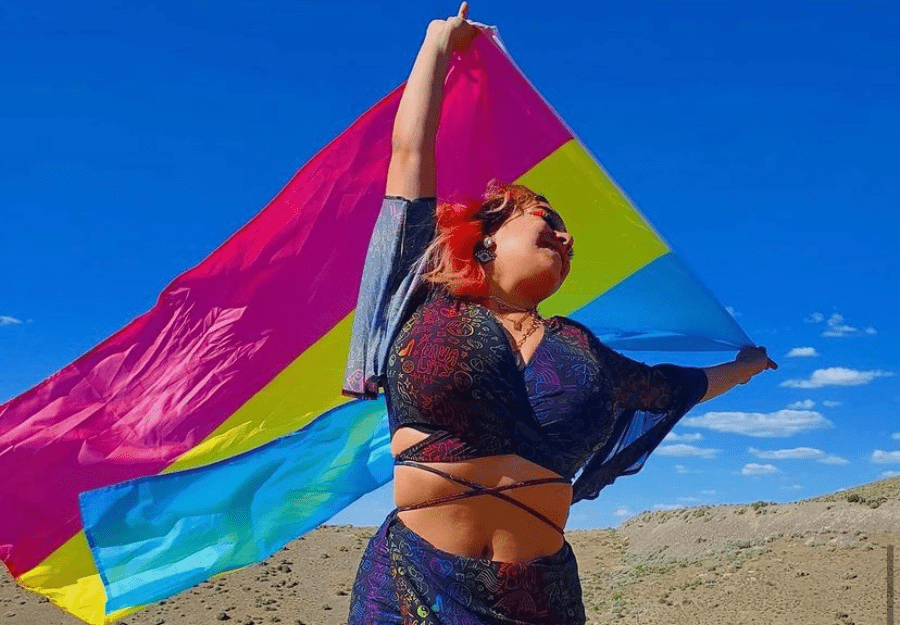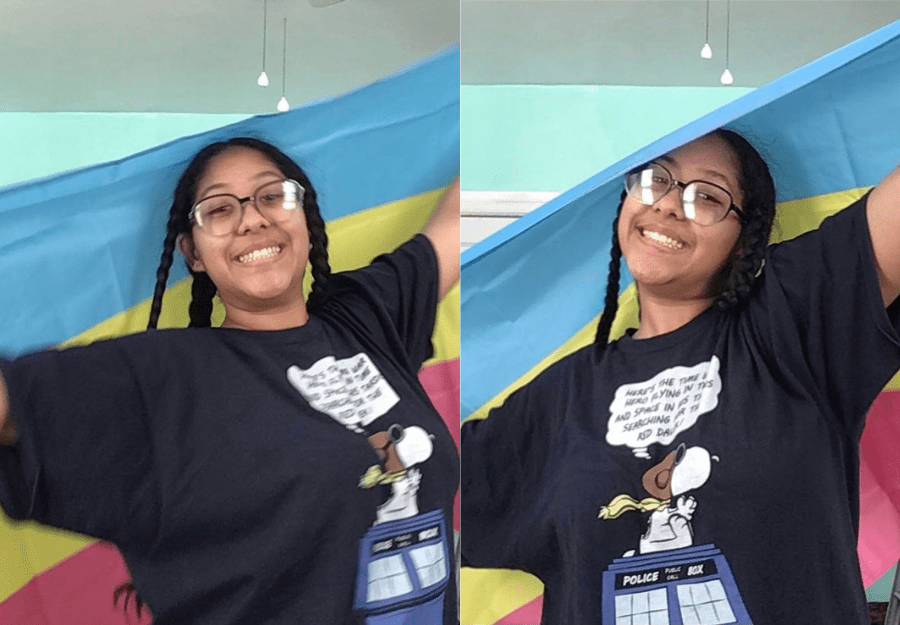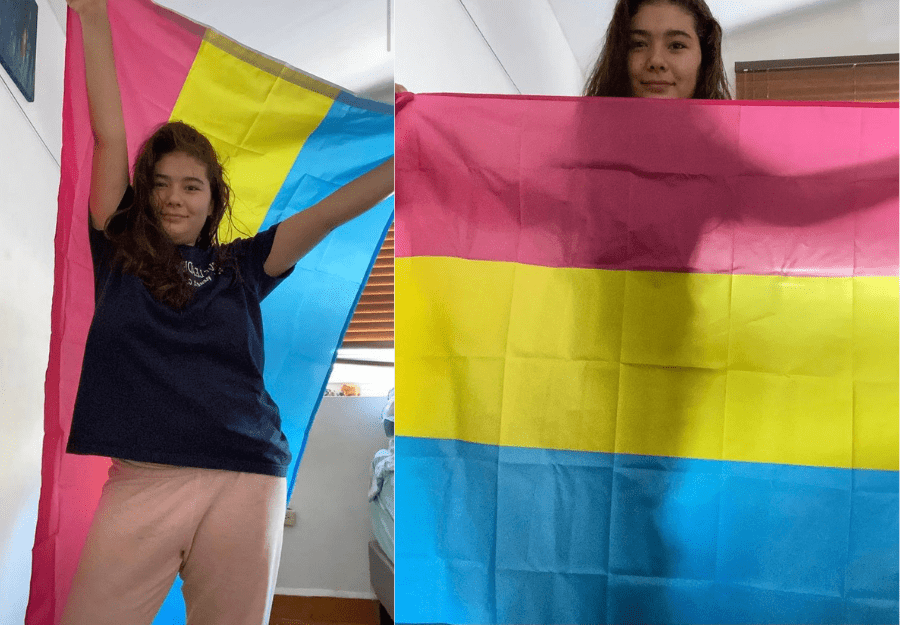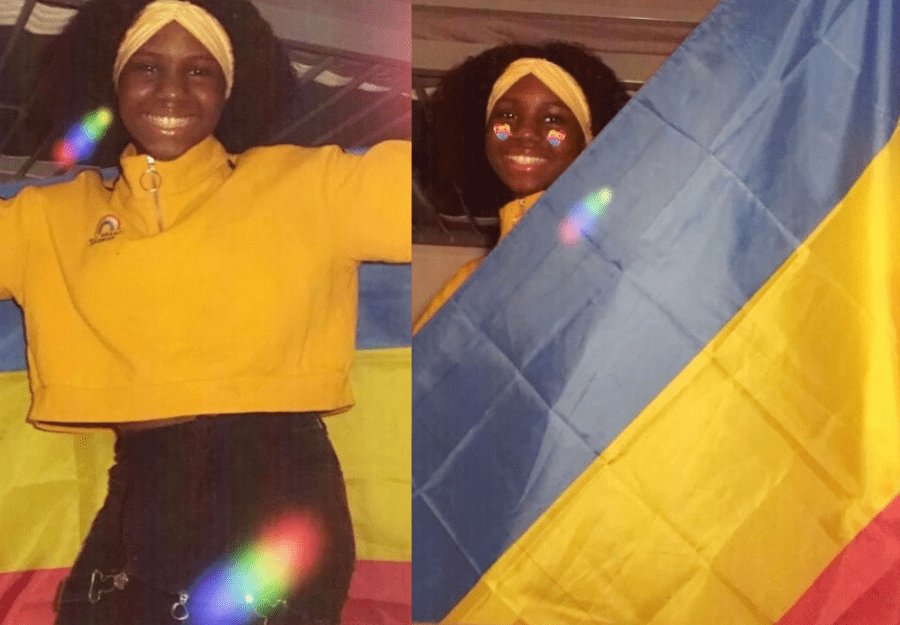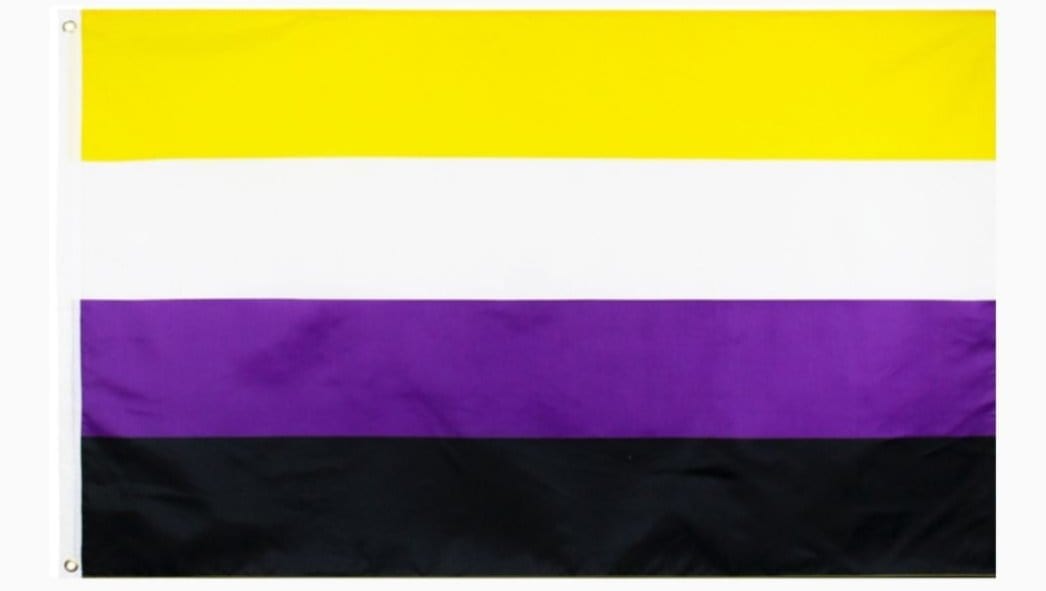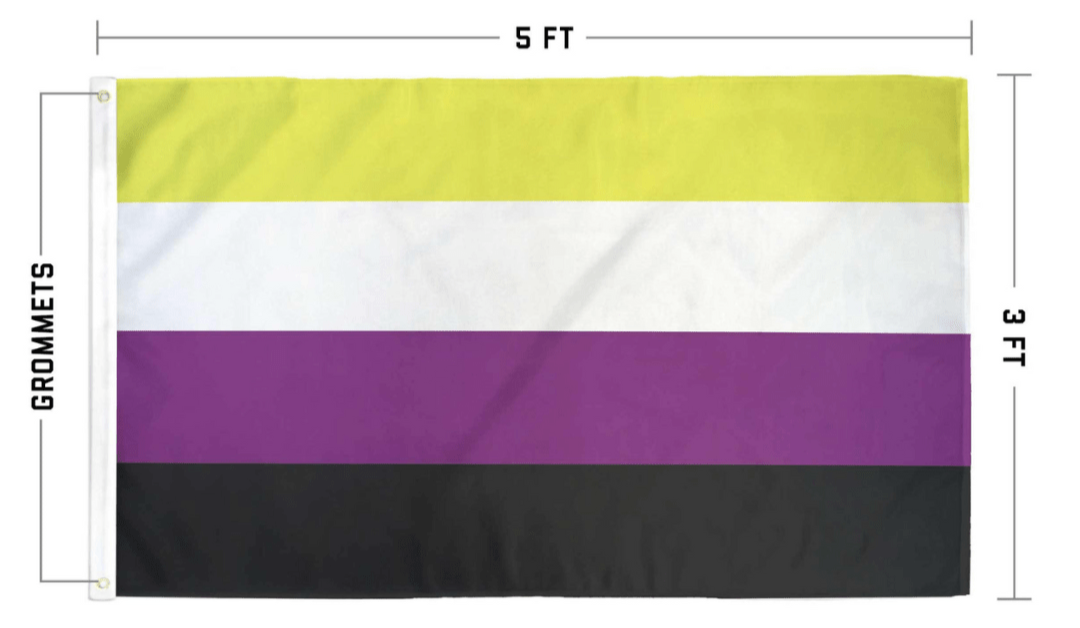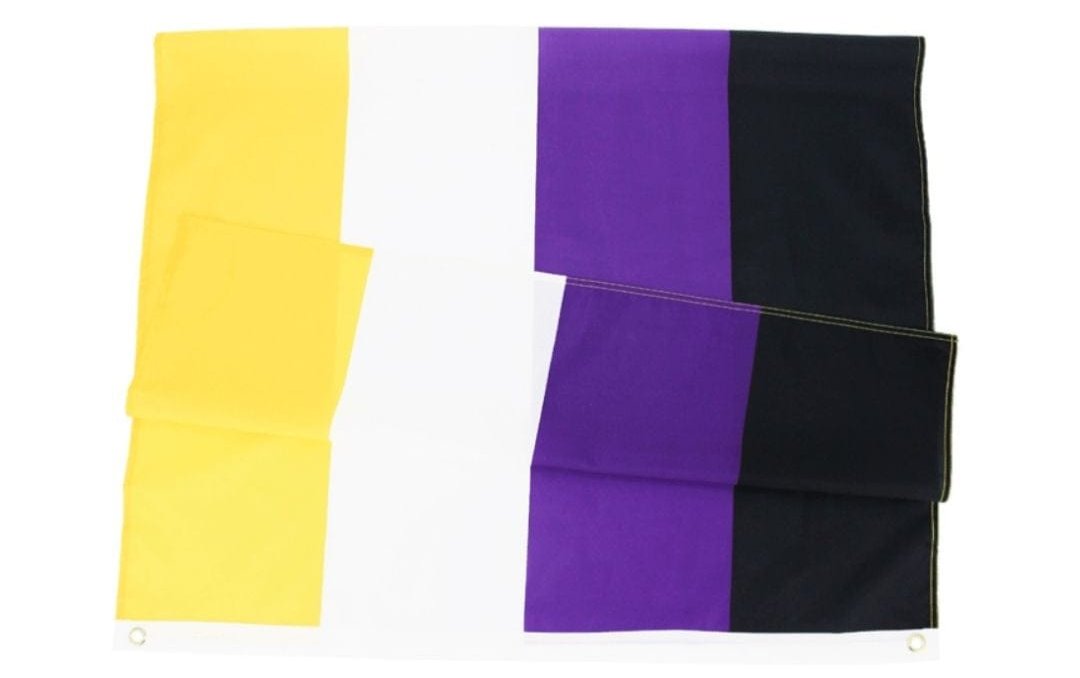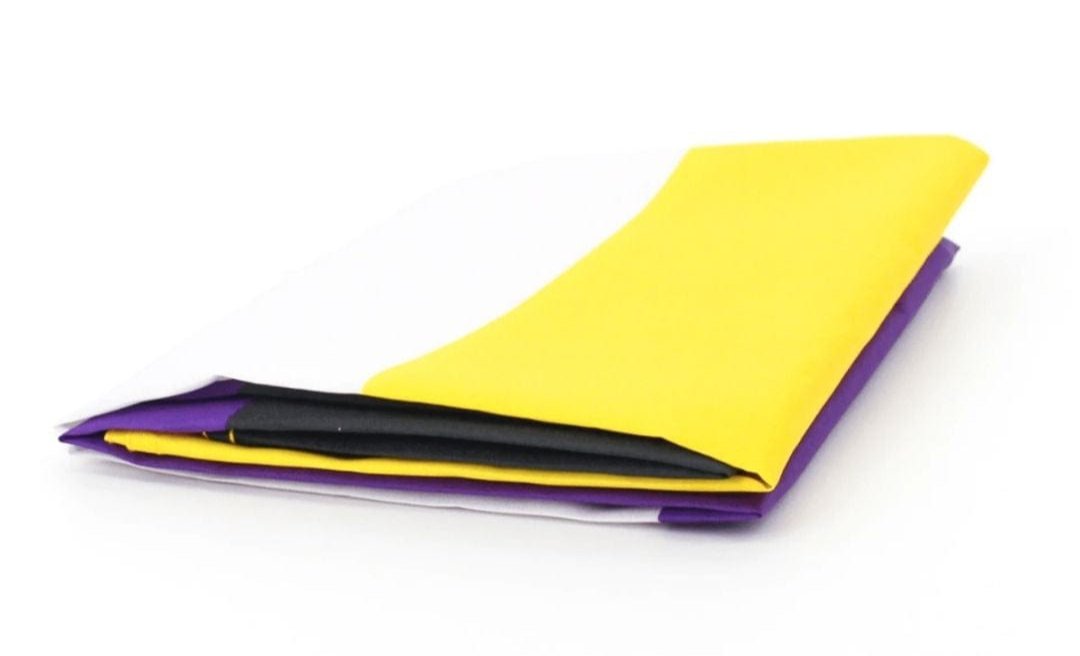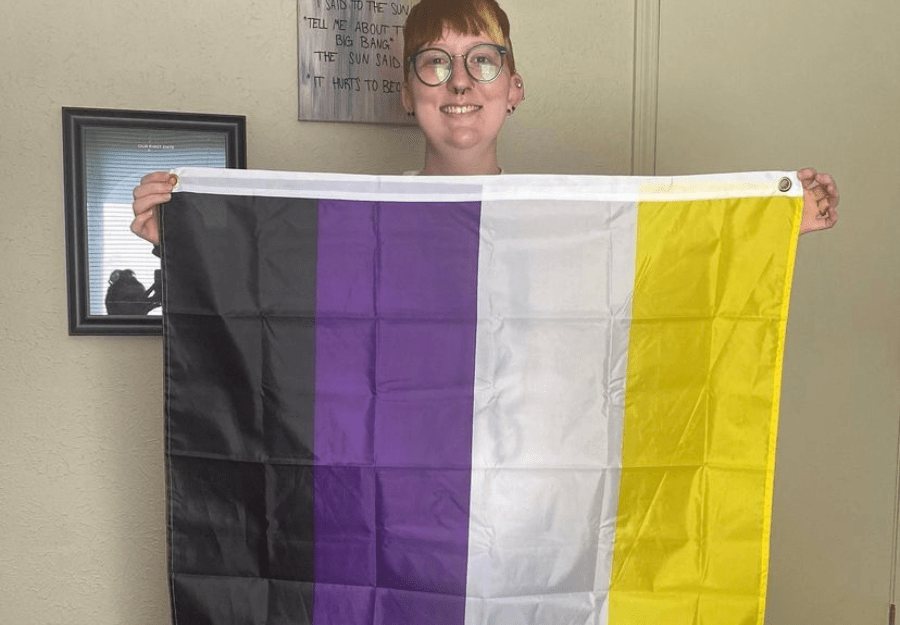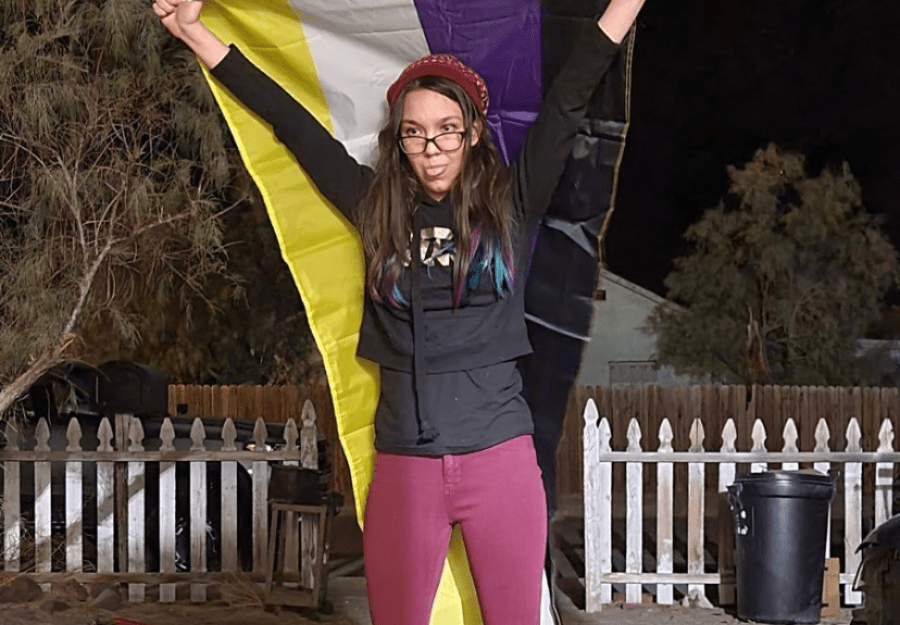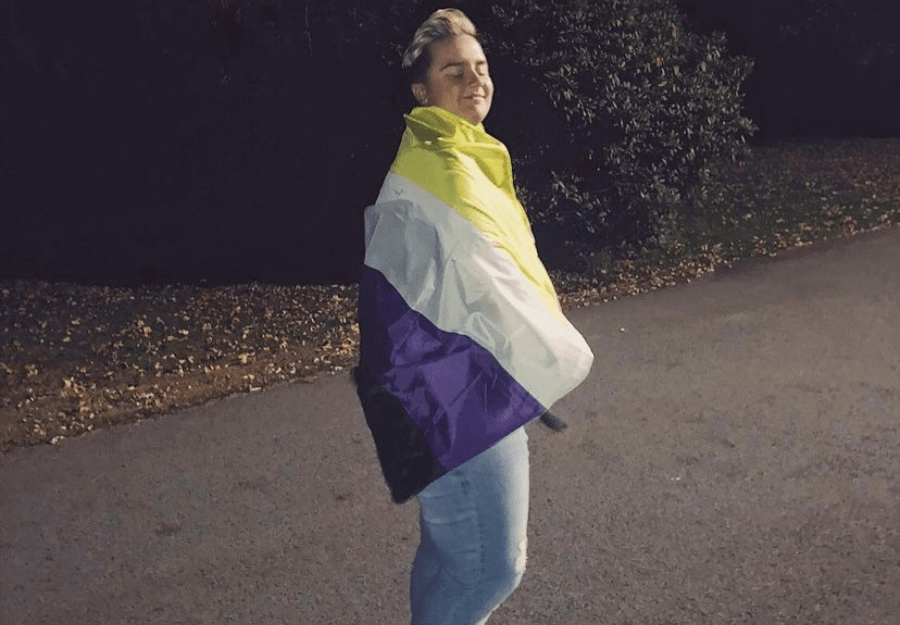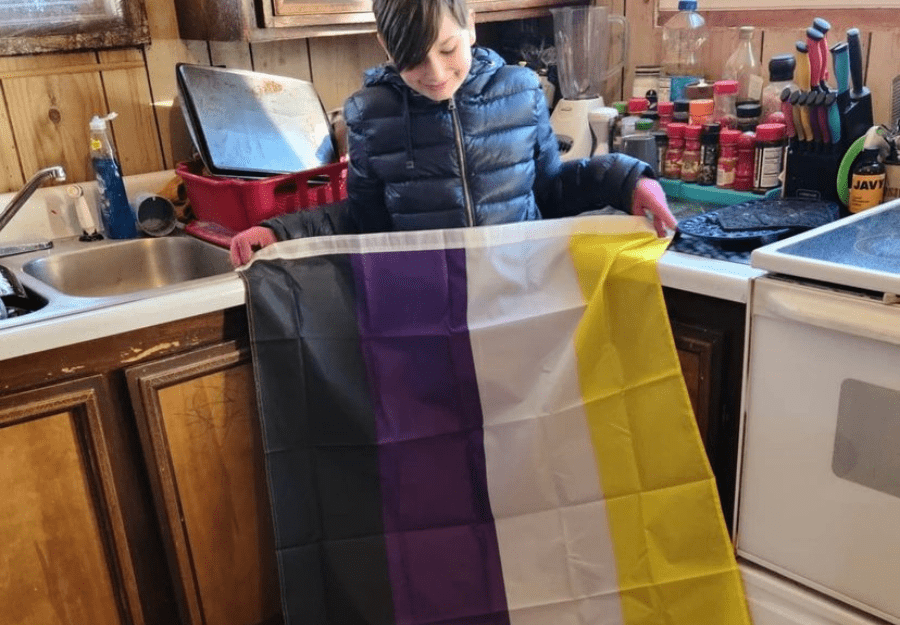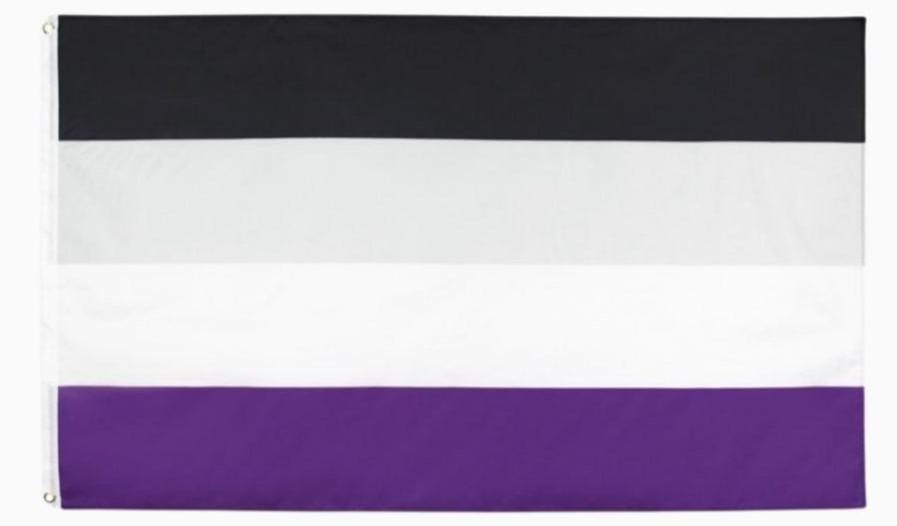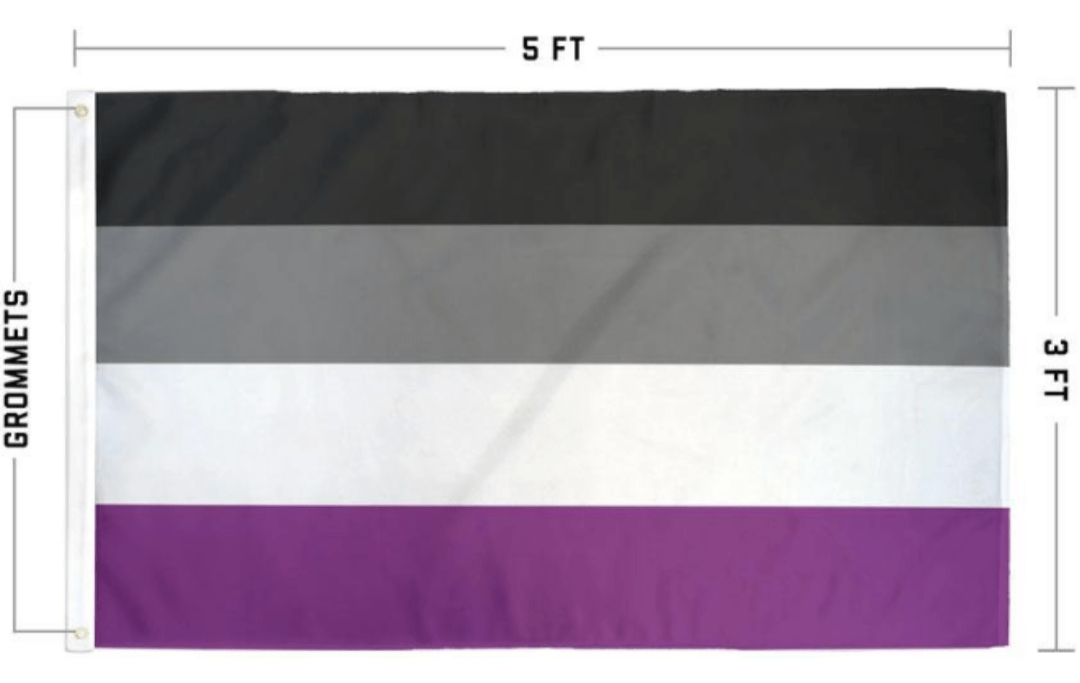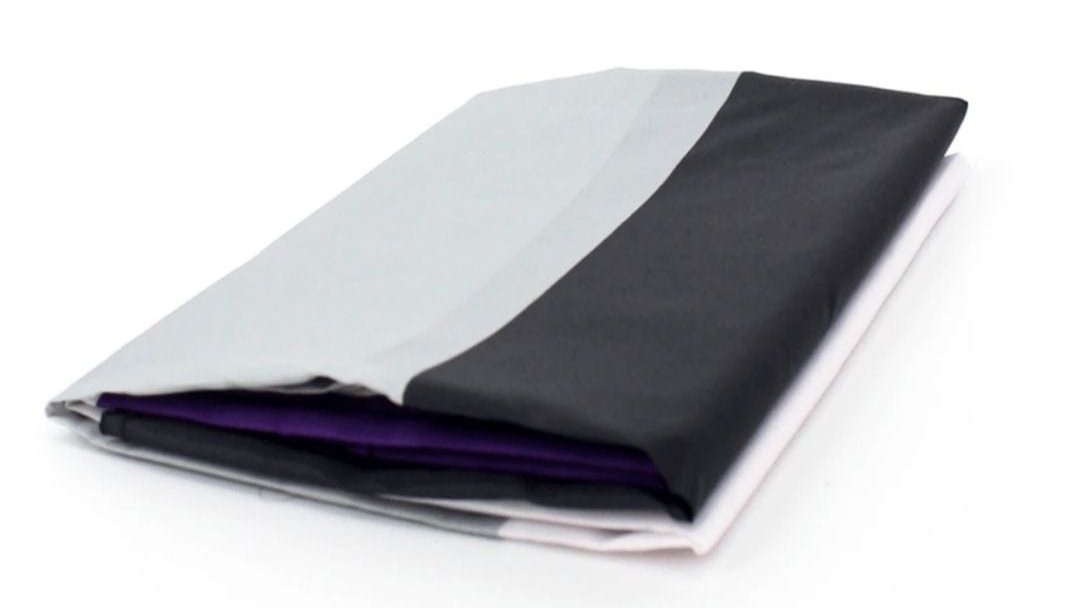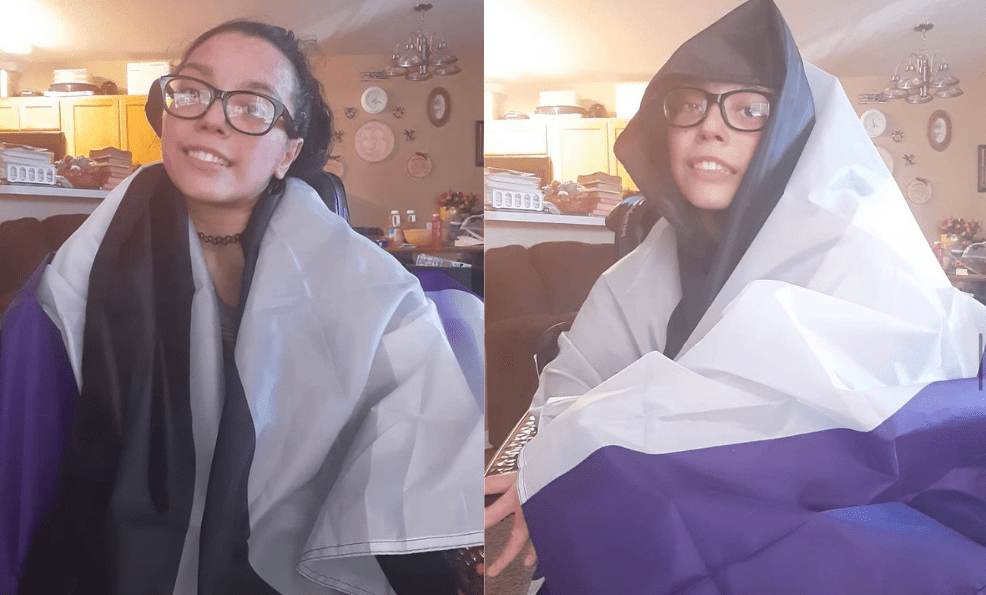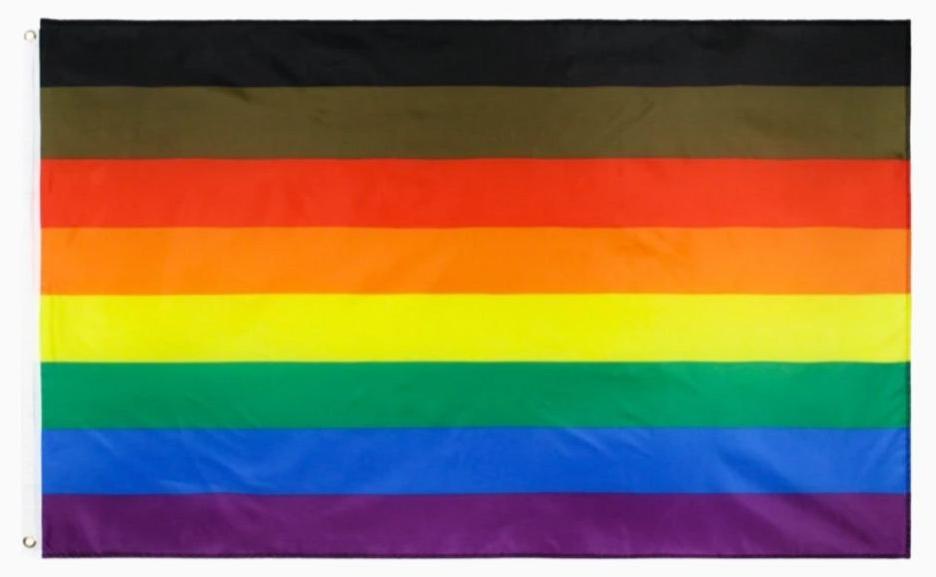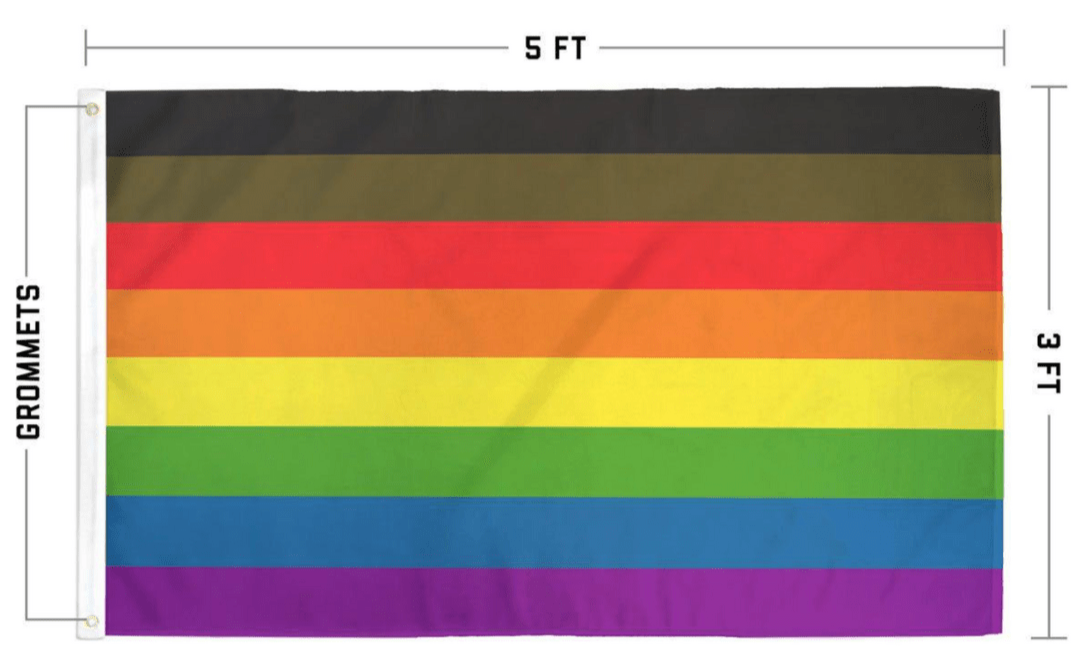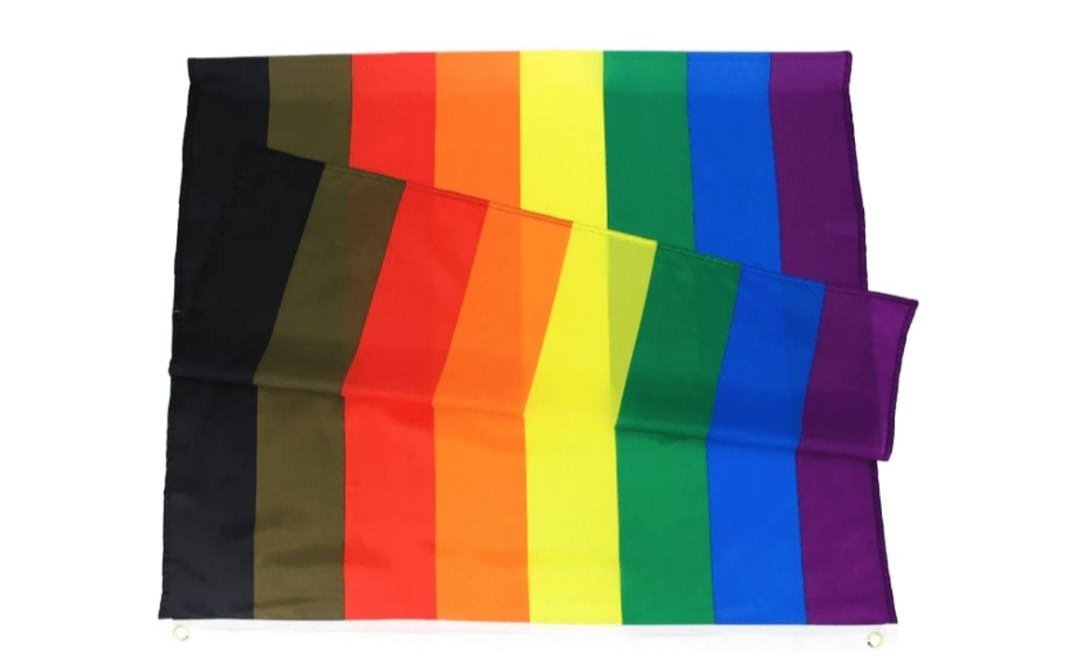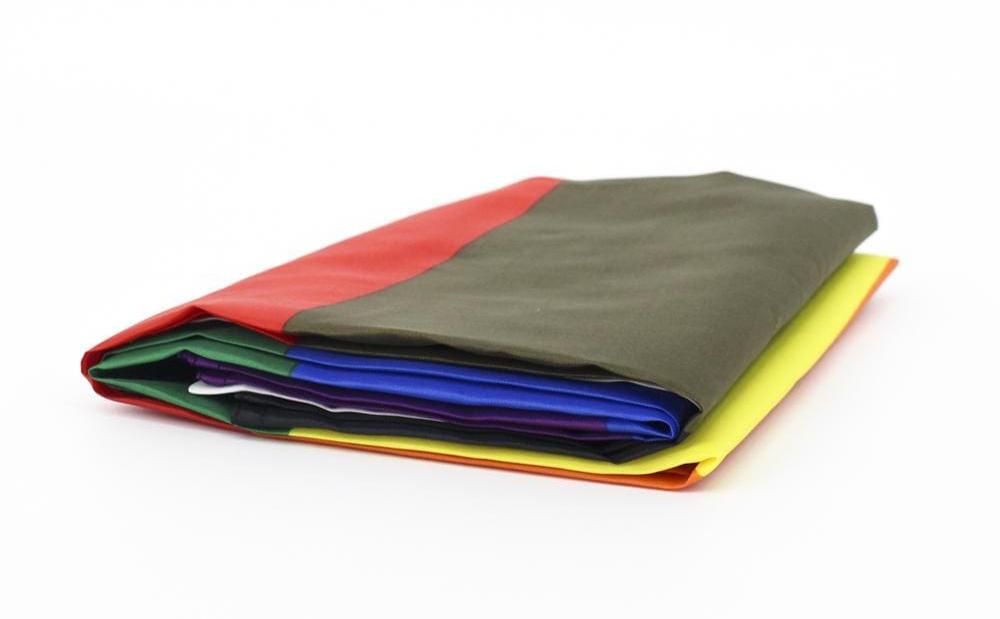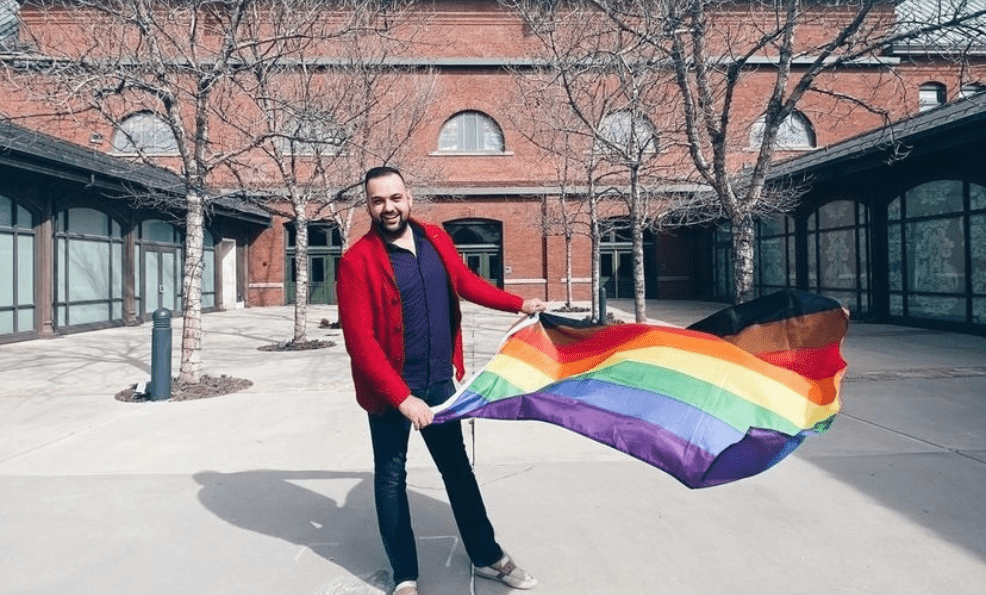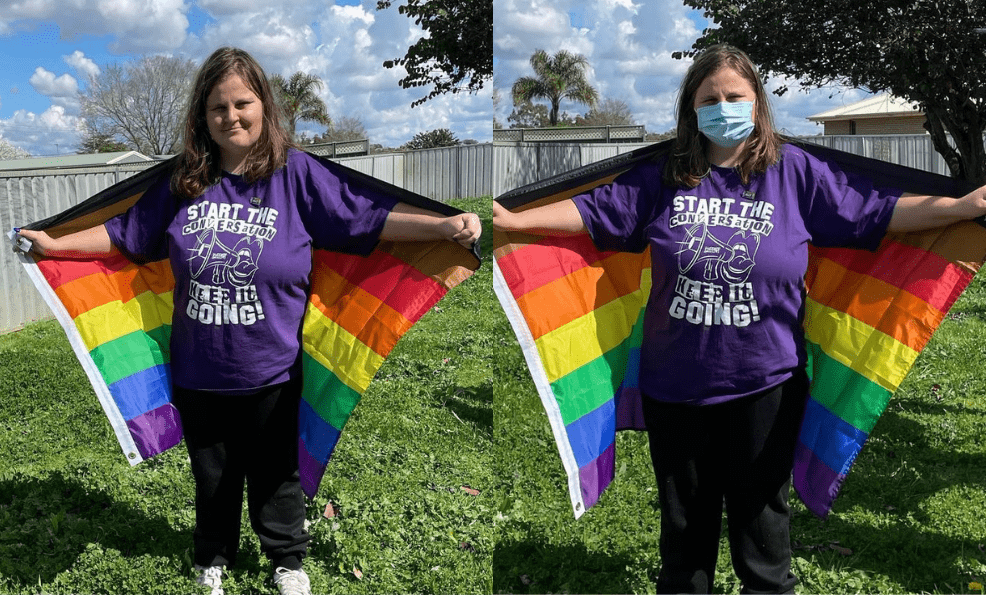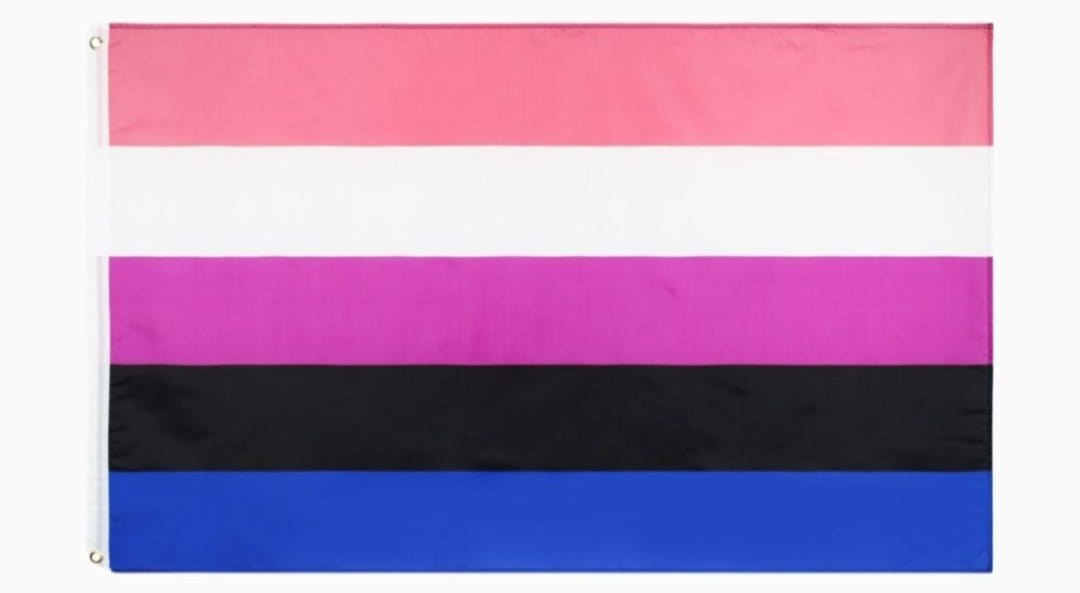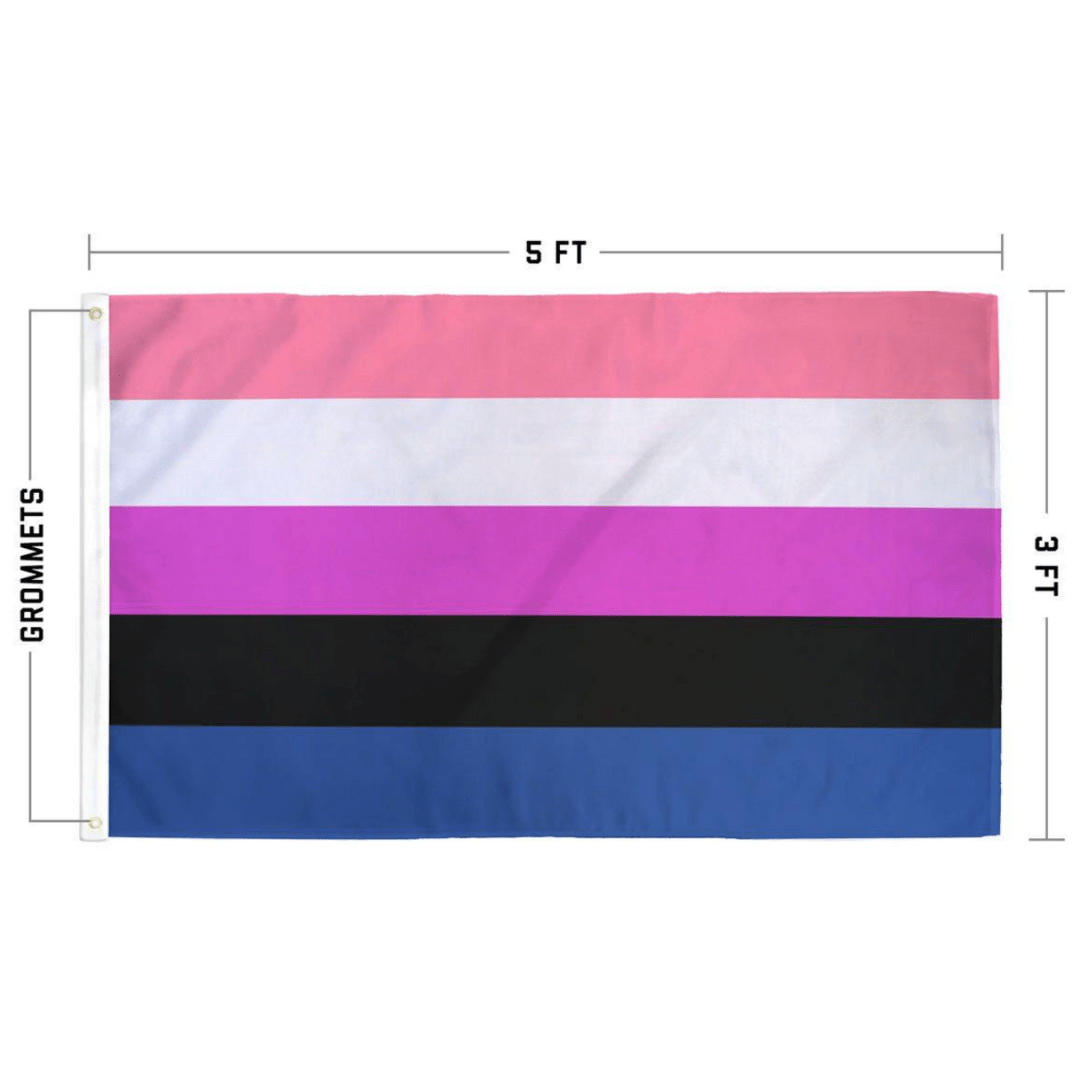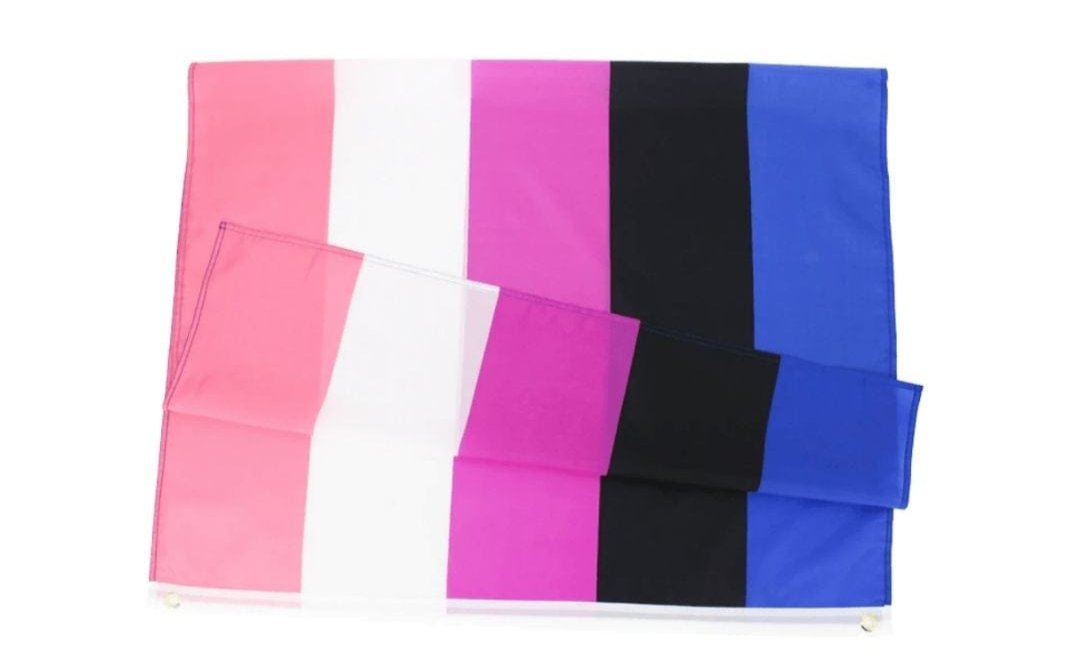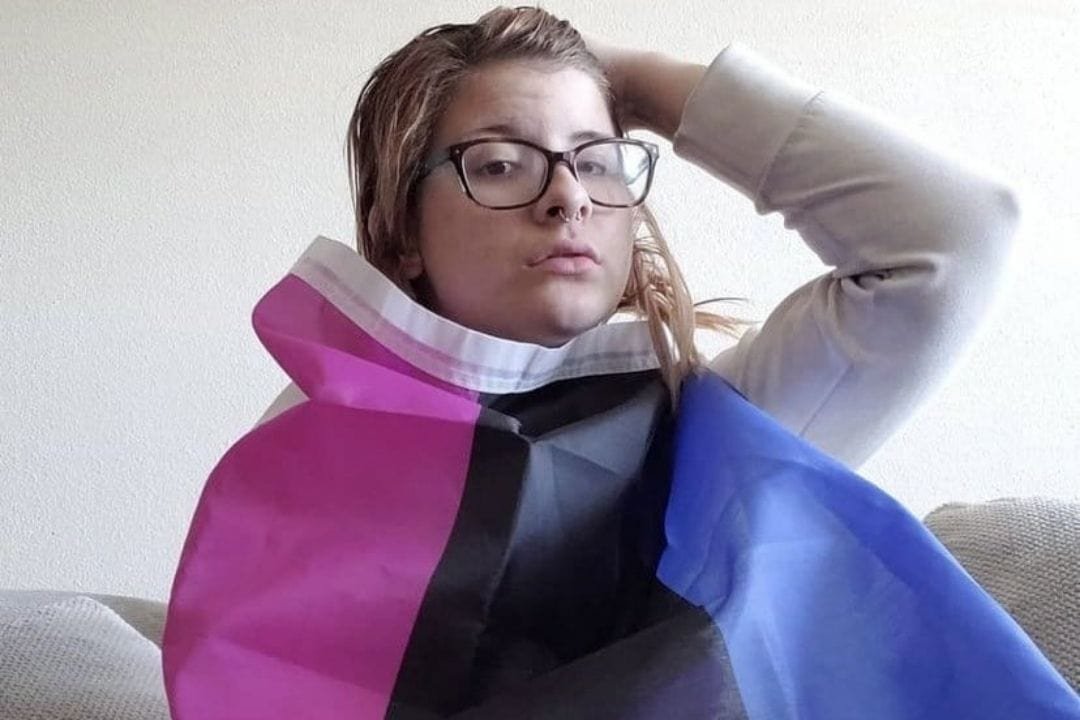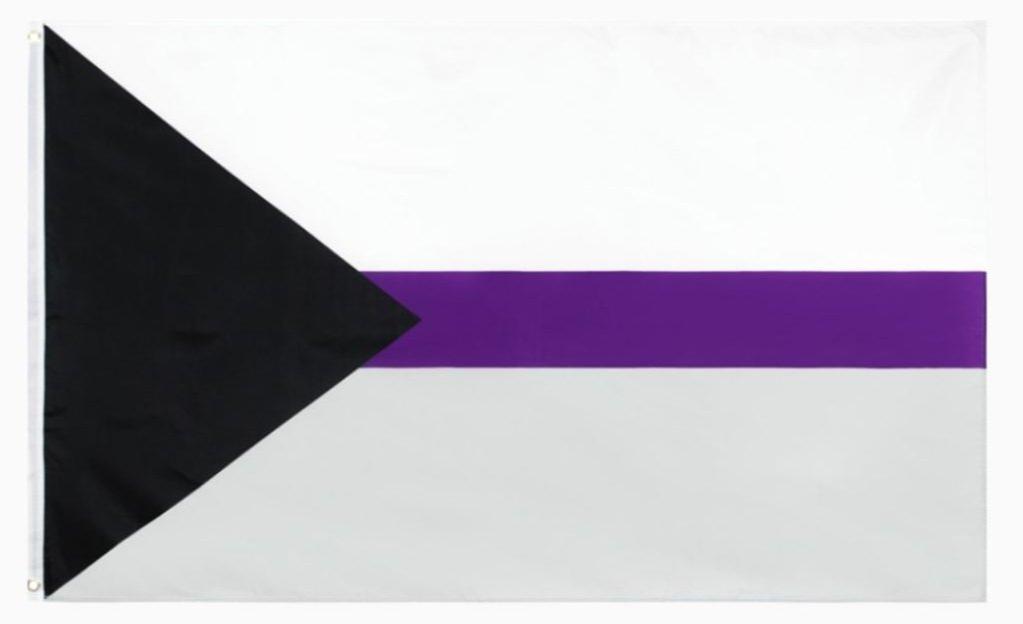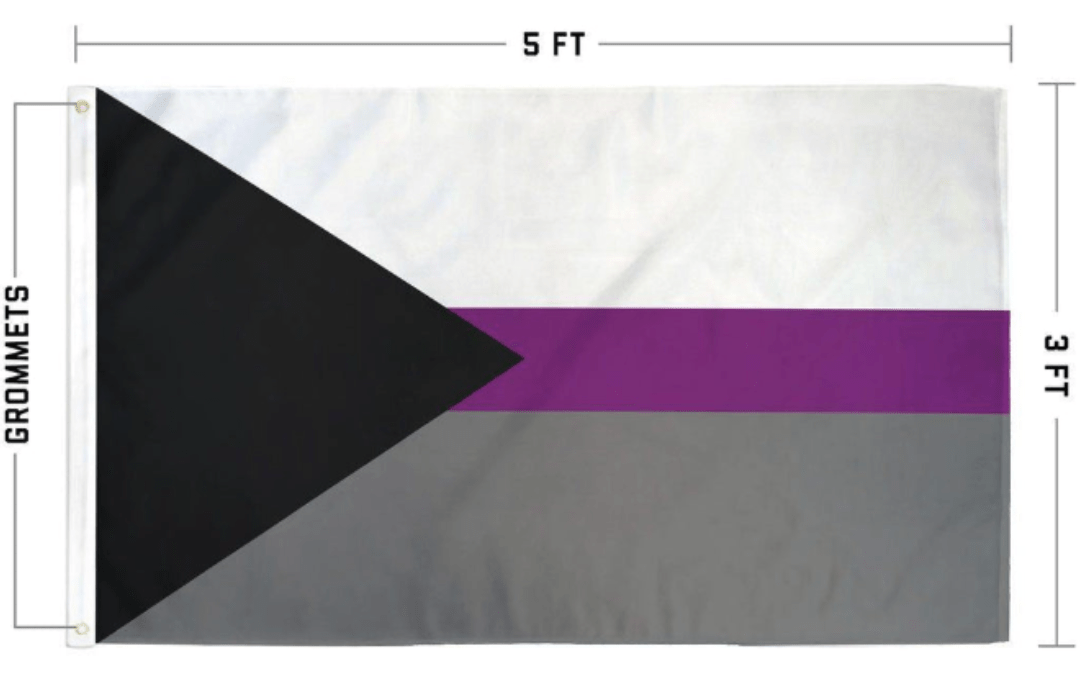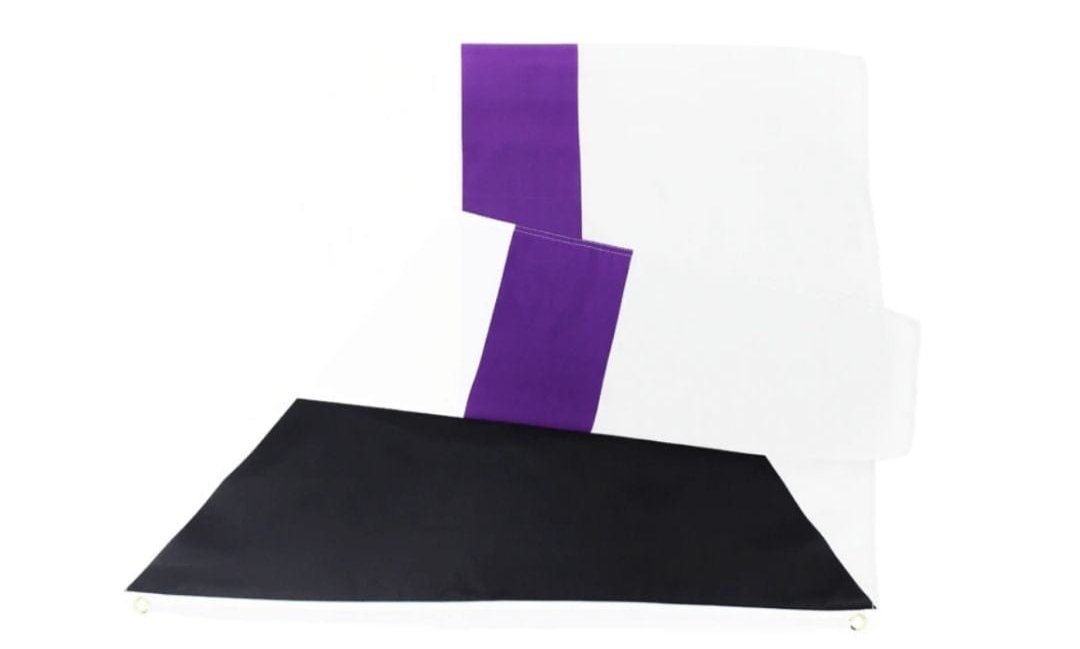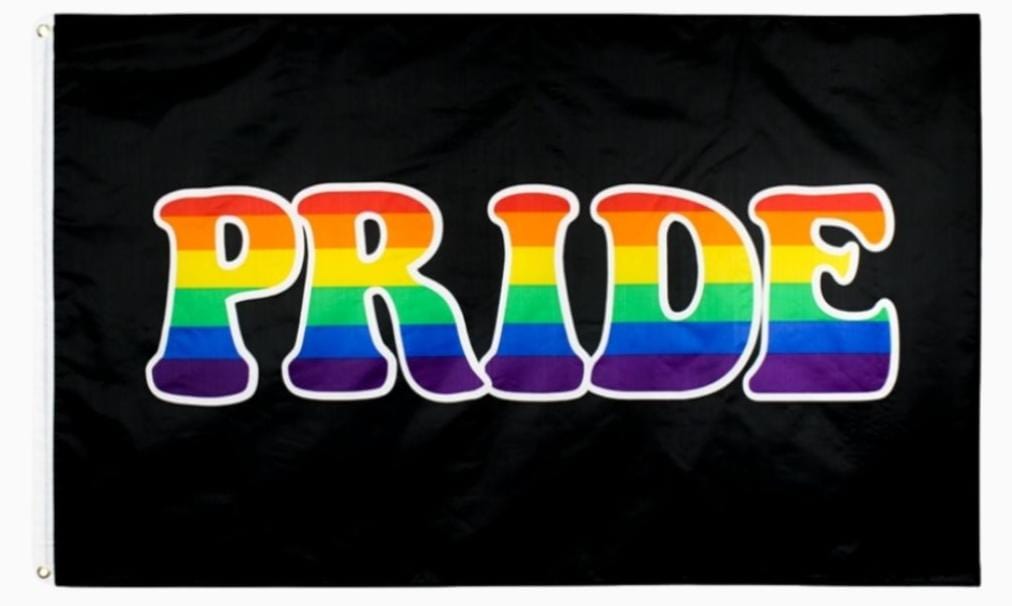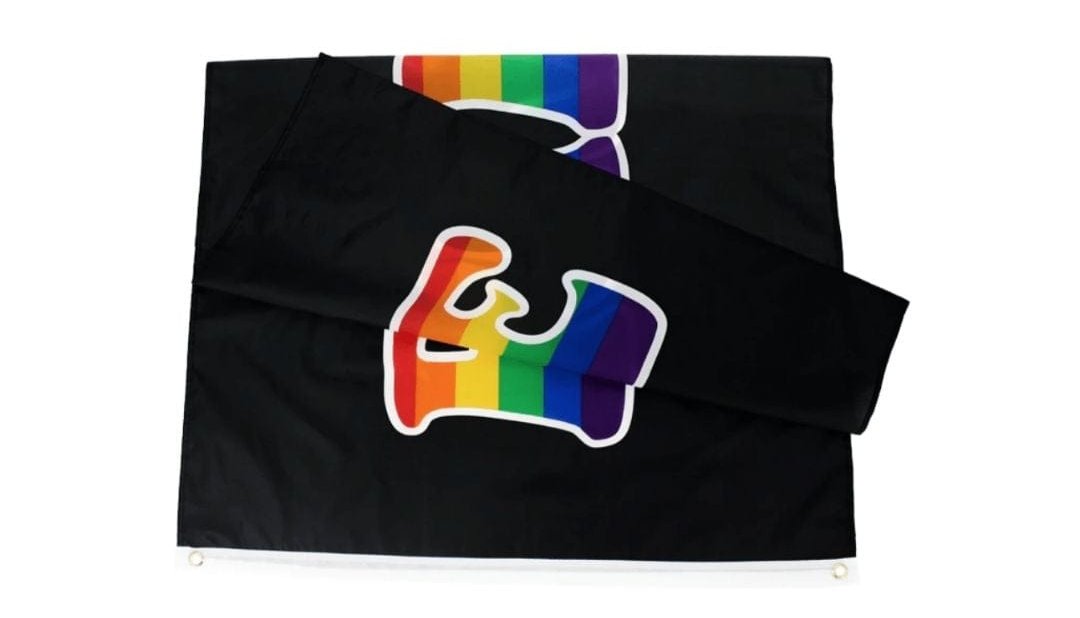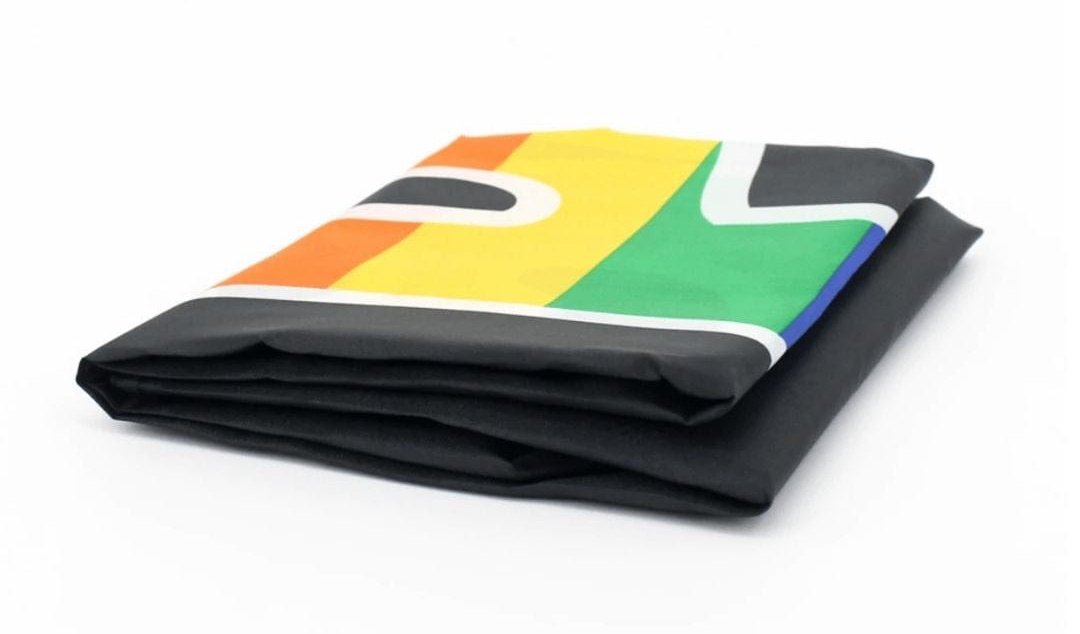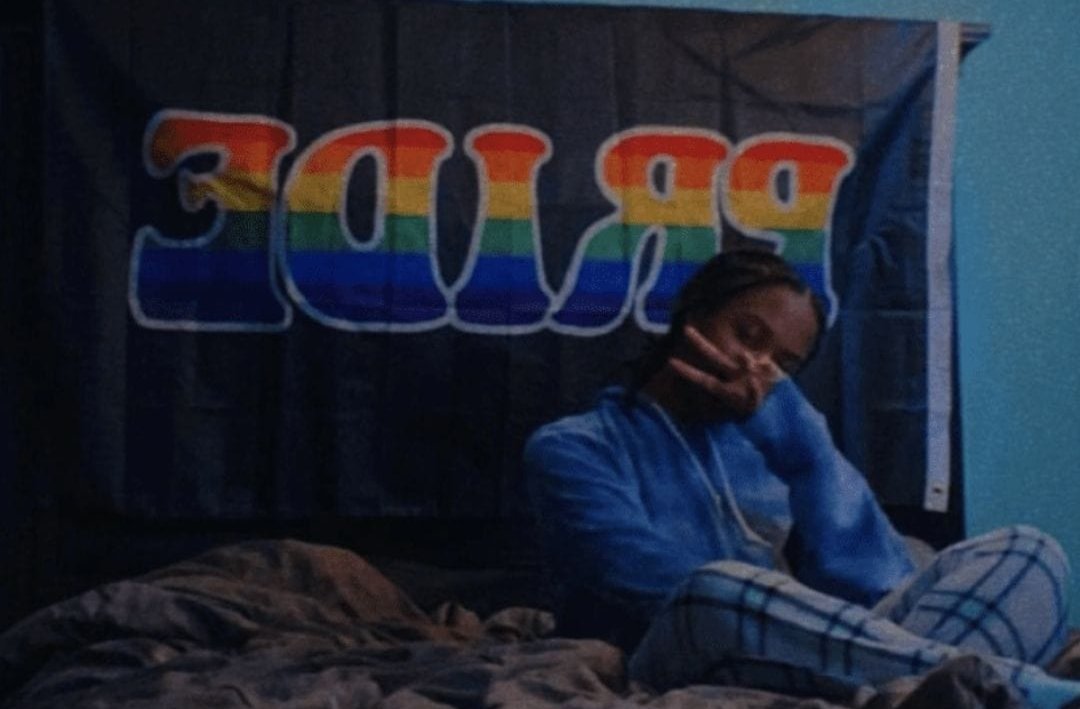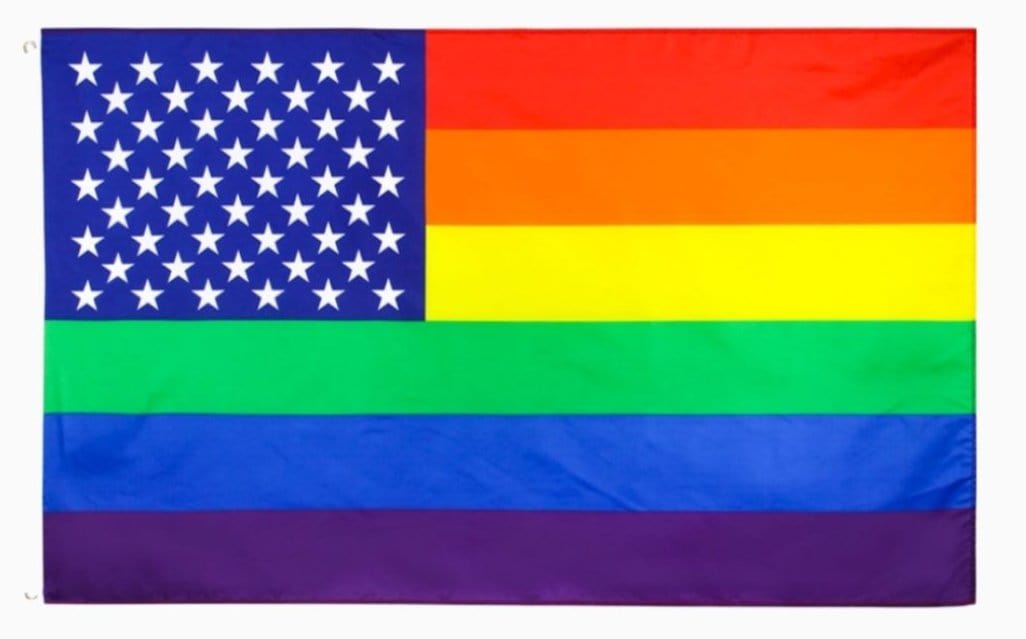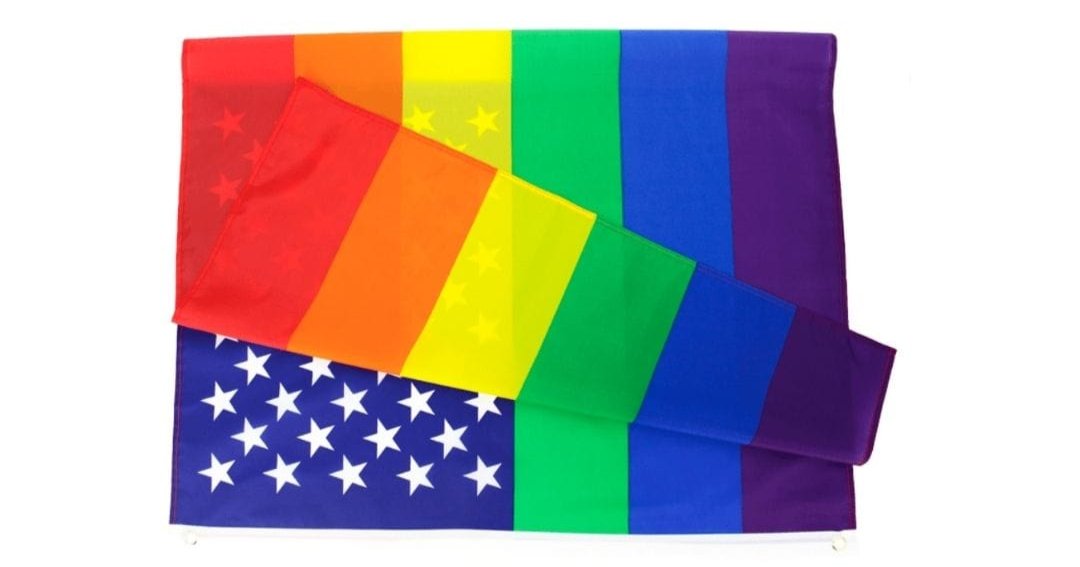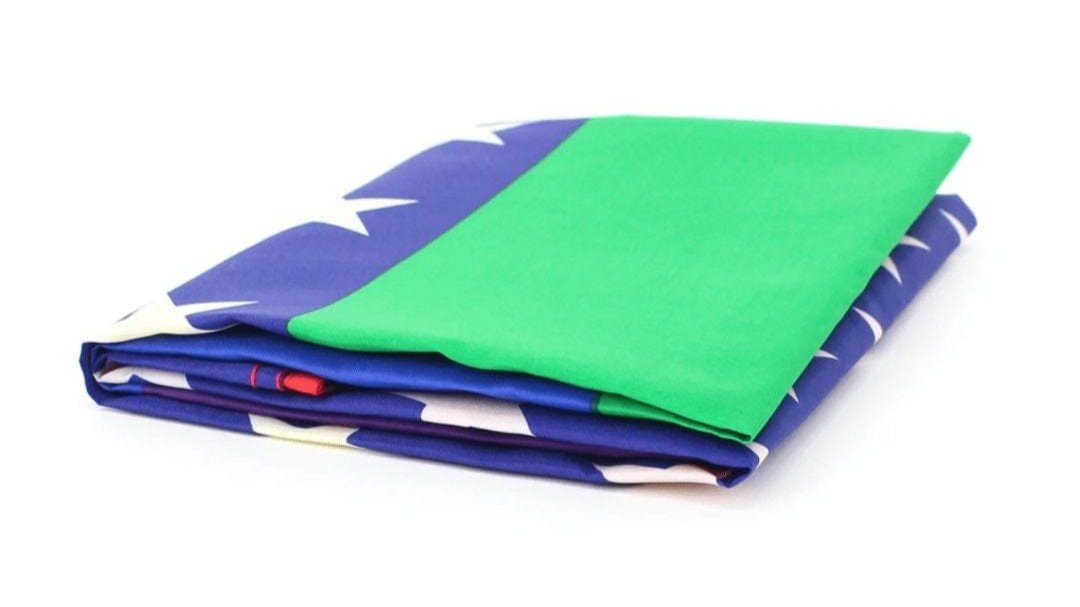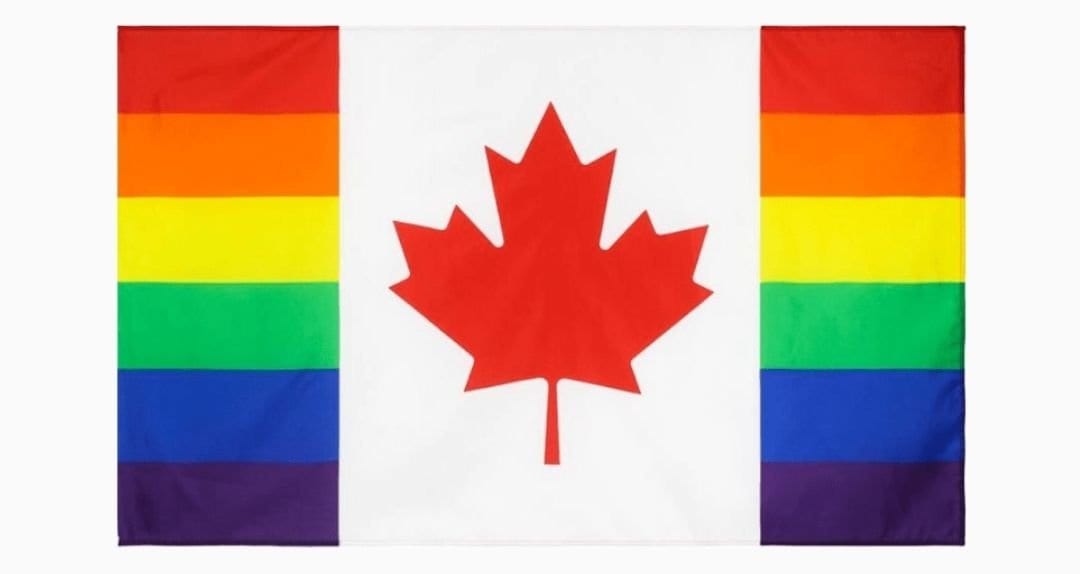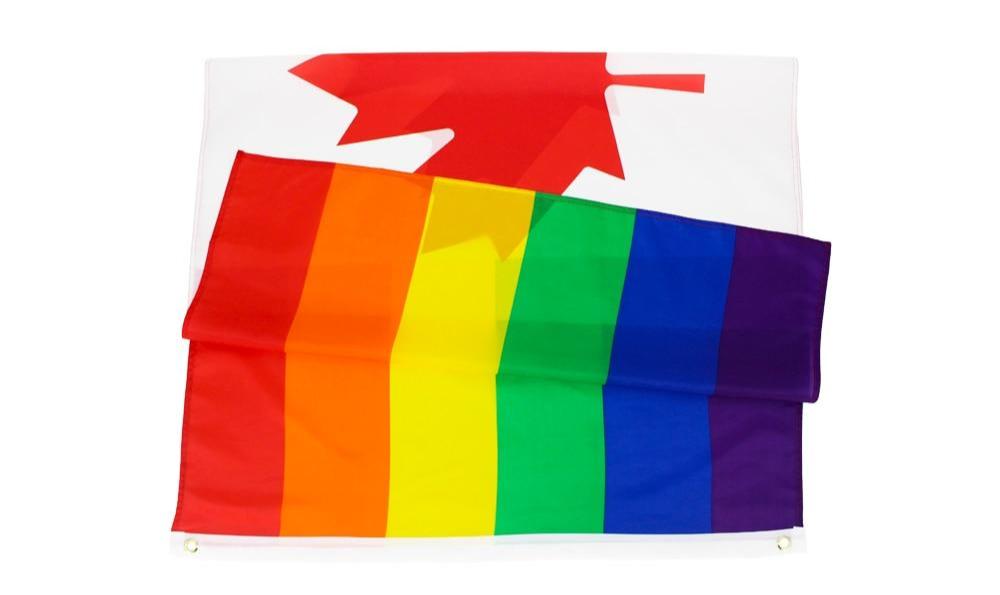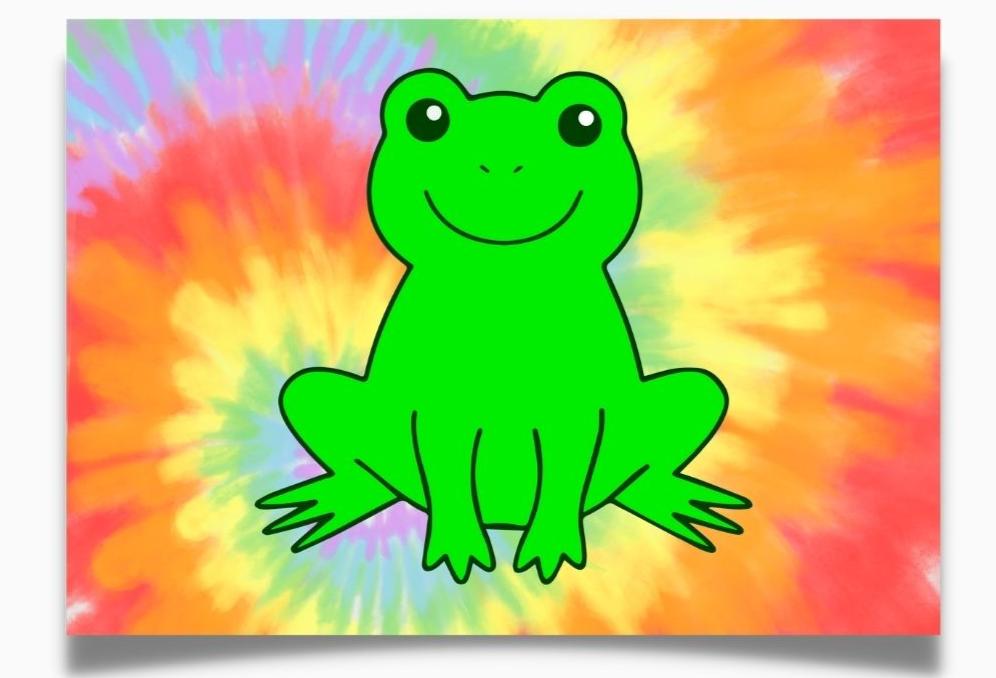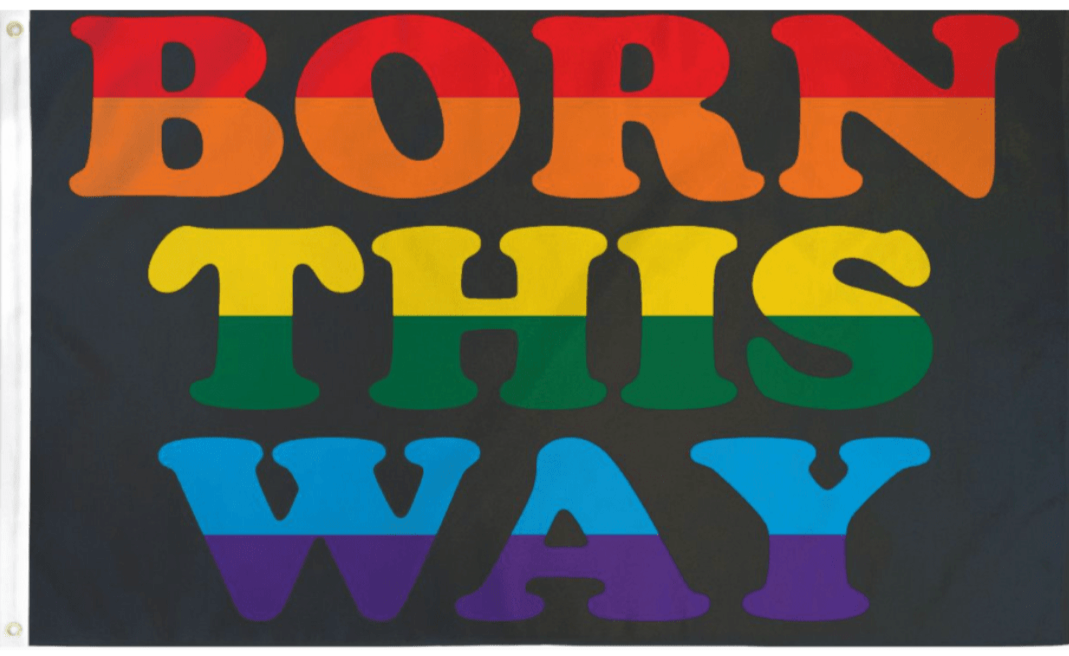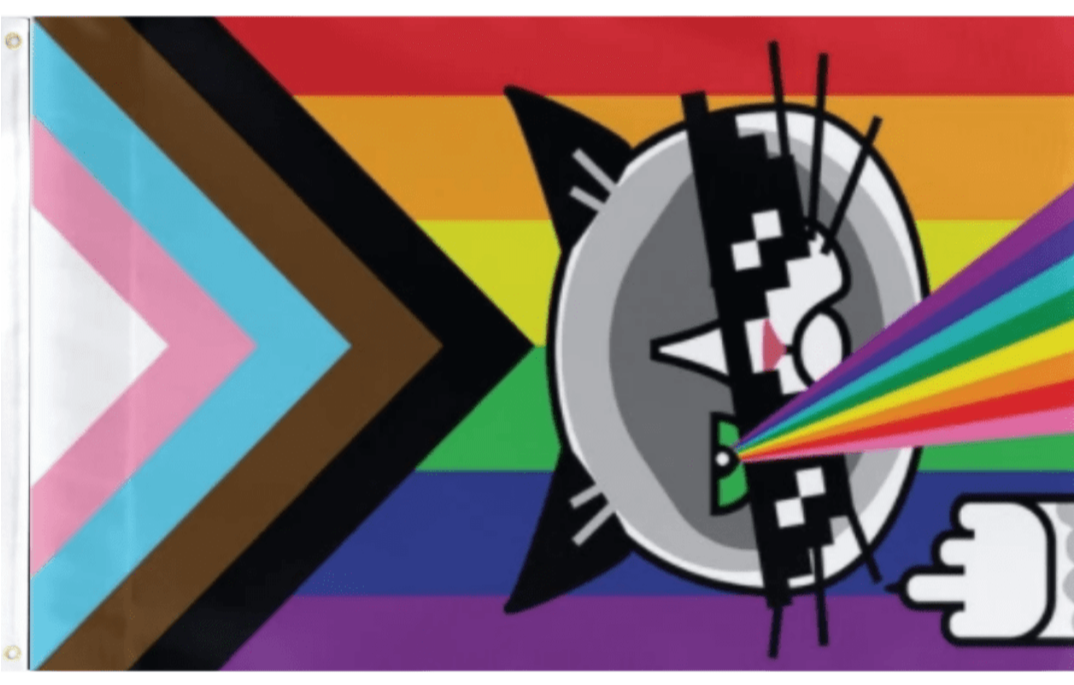Every year in April, thousands of students across the country choose silence as a way to speak out.
Organized by GLSEN and led by LGBTQ+ youth and allies, the Day of Silence is a powerful national movement that shines a light on the silencing effects of anti-LGBTQ+ bullying, harassment, and discrimination in schools.
But this isn’t just a quiet protest — it’s a call to action.
🏳️🌈 What Is the Day of Silence?
First held in 1996 by college students, the Day of Silence has grown into one of the largest student-led actions in the U.S. It’s observed each year by middle schoolers, high schoolers, and college students who remain silent throughout the day to represent the voices that are silenced by anti-LGBTQ+ stigma.
Today, students in all 50 states participate — using their silence to demand safer, more inclusive schools.
Learn more about the impact of this day in our piece on amplifying LGBTQ+ voices in the face of adversity.
🔊 Day of Silence vs. Day of No Silence: What’s the Difference?
While Day of Silence is the original, student-led movement organized by GLSEN since 1996, you may also see the term Day of No Silence being used — especially on social media or in activist spaces.
So, what’s the difference?
- Day of Silence is about symbolic protest through silence — mirroring how LGBTQ+ voices are silenced in schools and society.
- Day of No Silence is about amplifying those voices — often used as a follow-up or reframing to emphasize storytelling, visibility, and advocacy.
Think of it this way:
🧏 Day of Silence honors the experience of being silenced.
📣 Day of No Silence is about breaking through that silence and being heard.
Both are valid. Both are powerful. And both are needed.
✊ Why Silence?
Silence might not seem like a protest — but for many LGBTQ+ youth, it mirrors the lived reality of feeling invisible, excluded, or unsafe to speak their truth.
Students face silence when:
- They’re misgendered in class
- Their identities are ignored in curriculum
- They can’t bring same-gender partners to dances
- They're told to “tone it down” just to feel safe
Choosing silence on this day is a statement: If you won’t hear us any other day, you’ll notice us today.
🏫 Who Participates?
Day of Silence is open to all — but it’s especially led by student organizers, GSA (Gender & Sexuality Alliance) members, and youth leaders.
Some schools create posters and resource tables, while others allow silent participation in class. Teachers and administrators may wear badges or offer space for students to regroup or reflect.
Even if you’re not in school, you can still support and share the message online using #DayOfSilence or #DayOfNoSilence.
❌ What It’s Not
Let’s bust a few myths:
- “It’s just about being quiet.” — No, it’s about confronting systems that erase LGBTQ+ students daily.
- “Why not speak out instead?” — Silence is the message. The absence of voice makes the harm visible.
- “One day won’t change anything.” — Actually, it does. It sparks conversations, inspires policy shifts, and helps isolated students feel seen.
🔊 Breaking the Silence
At the end of the day, students “break the silence” together — with rallies, speeches, or shared statements. This symbolic act turns quiet resistance into collective power.
And beyond that day? The work continues. Through education, storytelling, and allyship, we move from silence to action.
If you want to be part of that ongoing support, check out our guide on how to be an active ally.
🤝 How You Can Help
- If you’re a student: Learn your rights. Connect with your GSA. Stay safe and grounded.
- If you’re an educator: Create inclusive spaces and let students know you support them.
- If you’re an ally: Respect the silence. Speak out after. Share resources. Uplift voices.
Want to take it a step further? Read how building support networks can protect and empower queer youth.
🌟 Final Thoughts
The Day of Silence is not about staying quiet forever — it’s about breaking the cycle of silence imposed on LGBTQ+ people.
It’s about honoring those who couldn’t speak, those who still can’t, and those who are finding their voice for the very first time.
Whether you observe the Day of Silence, embrace the Day of No Silence, or both — remember:
Silence can be powerful.
But solidarity is even louder. 🏳️🌈



